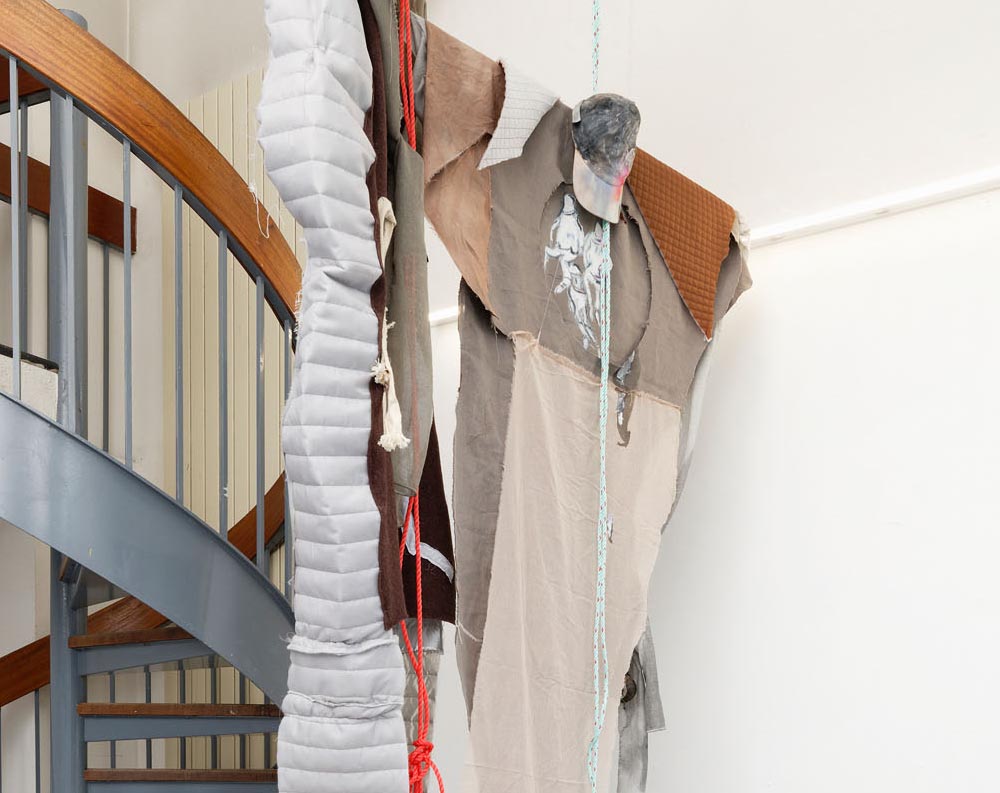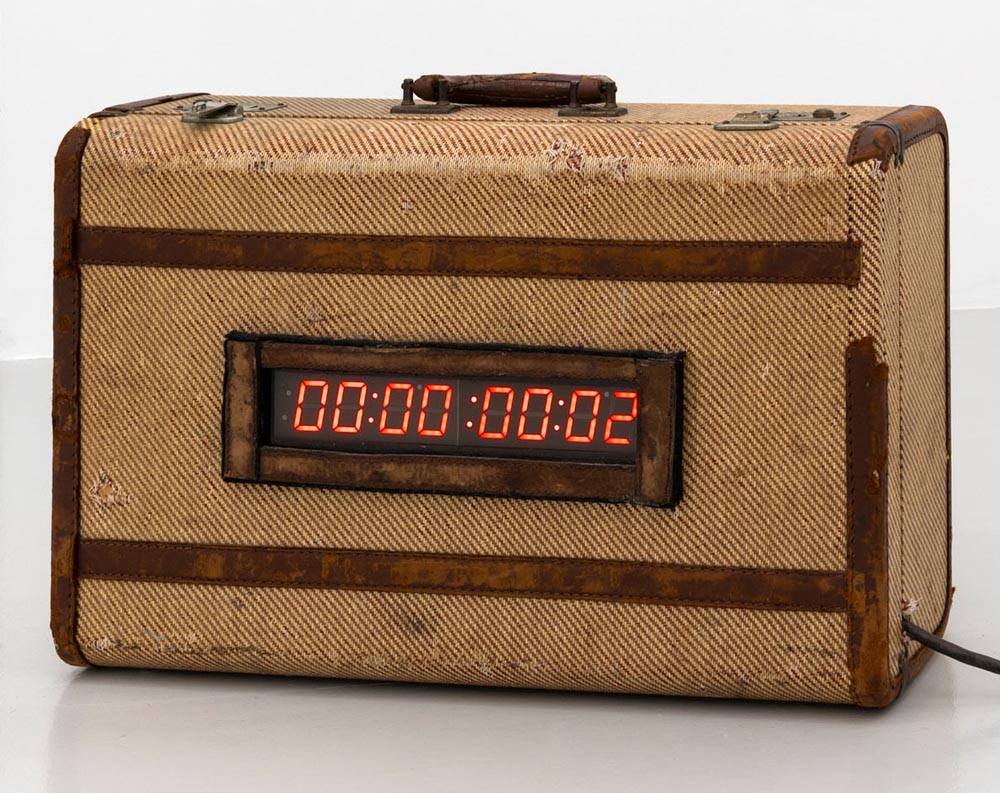OFLUXO
Mirror vs. Mold
Ester Kärkkäinen, Hex Kim, Harriet K. Morgan, Nok, Jukka Siikala, Clint Bargers, Jessica Buie, Marit Liang, Elspeth Walker, Kailee Heagney, and Vitaly Bezpalov
At Other Subjects, New York, US
February 08 — 12, 2021
The opening of Mirror vs. Mold featuring Ester Kärkkäinen, Hex Kim, Harriet K. Morgan, Nok, Jukka Siikala, Clint Bargers , Jessica Buie, Marit Liang, Elspeth Walker, Kailee Heagney, and Vitaly Bezpalov is the third show curated by Other Subjects & Killer Dentist Press, an experimental publisher and curatorial platform based in Brooklyn. The show includes text, refuse, flyers, ephemera, propaganda, experimental sound, film, and analog collage. It is the first time works by musicians Ester Kärkkäinen (Himukalt) and Harriet K. Morgan (Military Position) are in an American gallery. The show also features writings from Elspeth Walker, who planned the artist-run space Evening Hours in Alphabet City before it shuttered in 2019.
The exhibit opens with a shelf with that has a binder filled with erotic magazine refuse, excerpts from Ester Kärkkäinen’s Sex Worker book, pieces of prose about obbessive love by Kailee Heagney, blended in with Elspeth Walker’s writing about Marxist vampires. Nex to the binder is an iPad screening films by Marit Liang and Vitaly Bezpalov. Liang’s film is a lush, ambient short called “The Birth of Venus” that uses field recordings to emphasize urgency and calm; Bezpalov’s “The Blood of the Poor,” however, is a jarring twenty-second flash of adrenaline that feels like a high-speed car chase, except there’s no car— it is a plastic coke bottle sawed in half. Adjacent to the shelf is a large analog collage by Kärkkäinen in which she employs her signature cubist-like, precision cut technique that strips away the subject’s erotic sensibilities and instead imparts a feeling of cold, mechanical flatness. Mounted at the end of the space, are more excerpts from Elspeth Walker’s book, Drink Deeply and Dream, and a poster print of candles in dim lighting by Hex Kim. Walker’s excerpts function as “text-turned-art” and act like headlines spread across walls, billboards, and shirts. On the other side are pieces from Jukka Siikala and Harriet K. Morgan. Siikala’s photograph depicts a woman’s body, overtaken by nylon tights and pumps, which are traditional markers of femininity. Next to Sikkala’s photograph is a series of mixed media collages by Harriet K. Morgan that showcases women from different porno magazines and adverts. Morgan, like Kärkkäinen, uses art to desexualize the subject and instead emphasize other aspects. She chose adverts with misspelled words, and images of women with exaggerated poses and fake smiles. Each work features pastel brushstrokes, providing a sense of tranquility to their otherwise graphic nature. Below Morgan’s collages are sound pieces by Kärkkäinen’s music project Himukalt and an excerpt from Gag Reflex Vol 2 by Nok about the stigma of aging. At the end of the room are three pieces by Jessica Buie and Clint Bargers. Buie’s piece is a minimalist collage that features a woman’s face and a bullseye on it; the spectator needs to squint and get up close to notice it. Next to her work are two prints from Clint Barger’s book, Basement Bloodletter, which explores the psychology of a crazed death metal fan obsessed with serial killers and horror films.
In today’s information age, the medium affects our behavior and the memory of a subject. The exhibit explores the relationship between the message and materials used to produce each object on view. The show creates a series of dialogues at various tempos between text, film, and collage. In writing about Marshall McLuhan, Jakub Dąbrowski said “[he] was not so much interested by problems of media but the effects of some media uses in preference to others.” Mirror vs. Mold assumes this stance and experiment’s with the saliency of mediums that contain similar messages. For instance, Elspeth Walker’s text excerpts convey messages about hopelessness and the psychic urge to self-harm, while Jessica Buie’s minimalist collage depicts a woman’s face, staring into oblivion, with a barely visible bullseye. Both works convey the same message but at a different weight and pace. Elsewhere, Ester Kärkkäinen’s Sex Worker excerpts and Harriet K. Morgan’s mixed-media collages generate an axis by both seeking to desexualize the sex worker. The post-feminist sensibility of Morgan and Kärkkäinen is clear, but their different mediums distinguish how each artist chooses to communicate their stance about sex work; Morgan uses cultural products like “lad mags” and Kärkkäinen uses interviews. Siikala is another artist who seeks to desexualize the female body; she dissects the male gaze, using feminine objects like nylon tights and high heels to devour the body. The audience can see how universal clothing items deemed as “sexy” are a detriment for the subject. Viewed altogether, Mirror vs. Mold suggests that the impact of a message hinges on the medium, and by presenting different mediums with similar messaging, one can challenge prevailing discourses about gender, mental health, and labor.
In the group show Mirror vs. Mold, text-turned-art and collage intersect to generate dialogues with one another but at different speeds and tempos. Presented in a way to generate multiple axis points between each of the works, the exhibit contains text, refuse, flyers, ephemera, propaganda, sound, film, and analog collage. From lad mags to sex worker interviews, artists explore how different mediums can communicate analogous messages and seek to create jarring, personal messages that challenge dominant discourses about aging, mental health, and femininity.
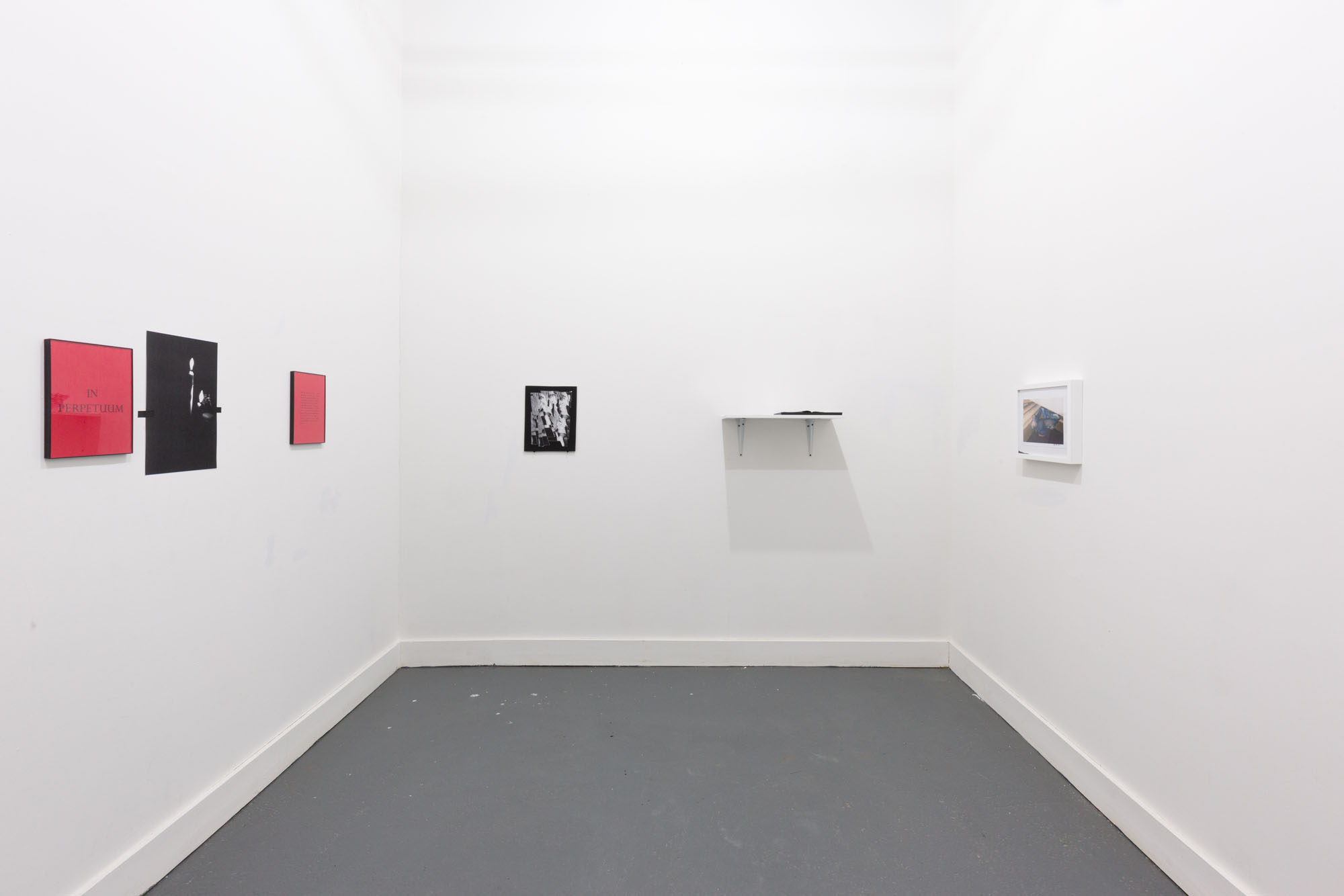
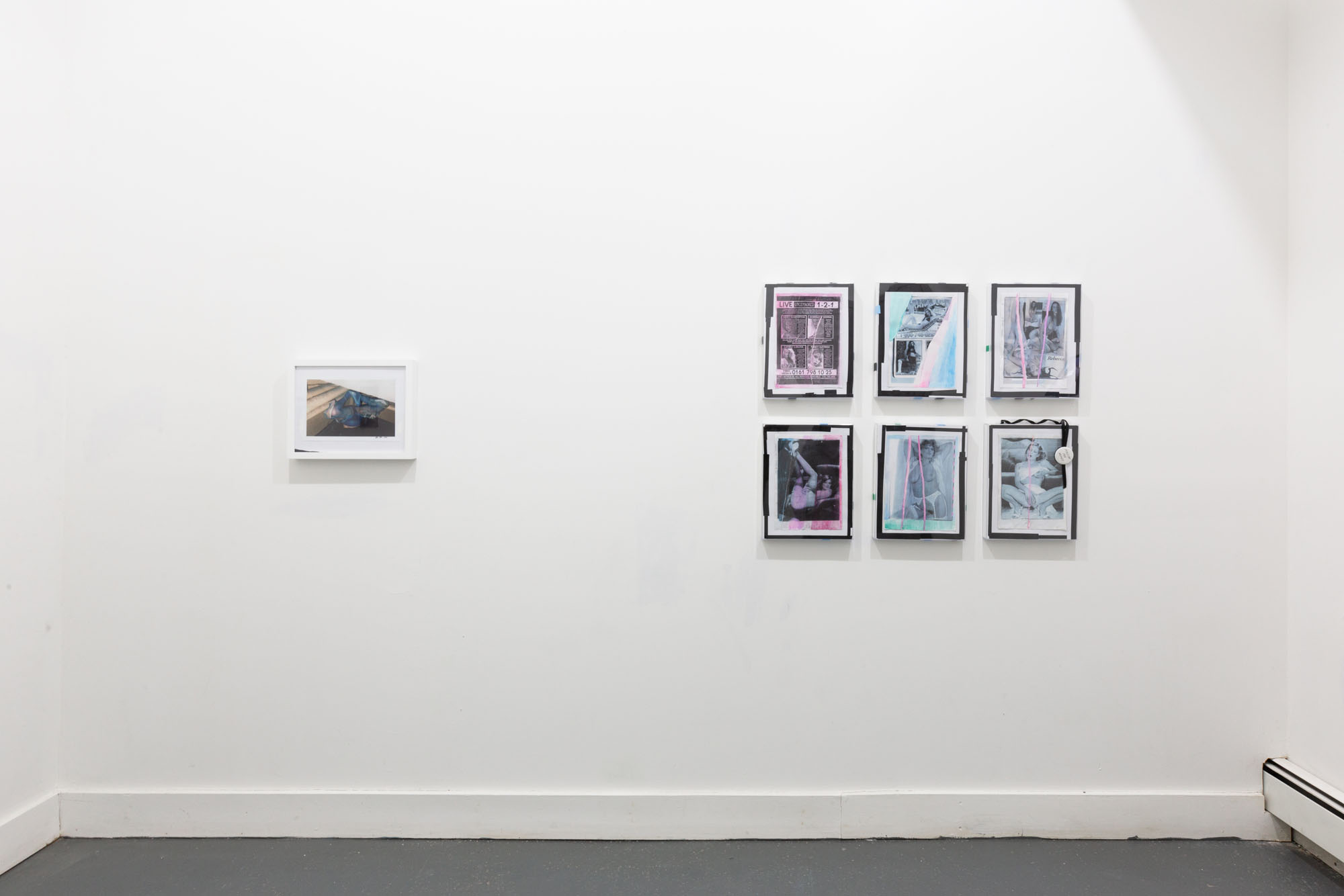
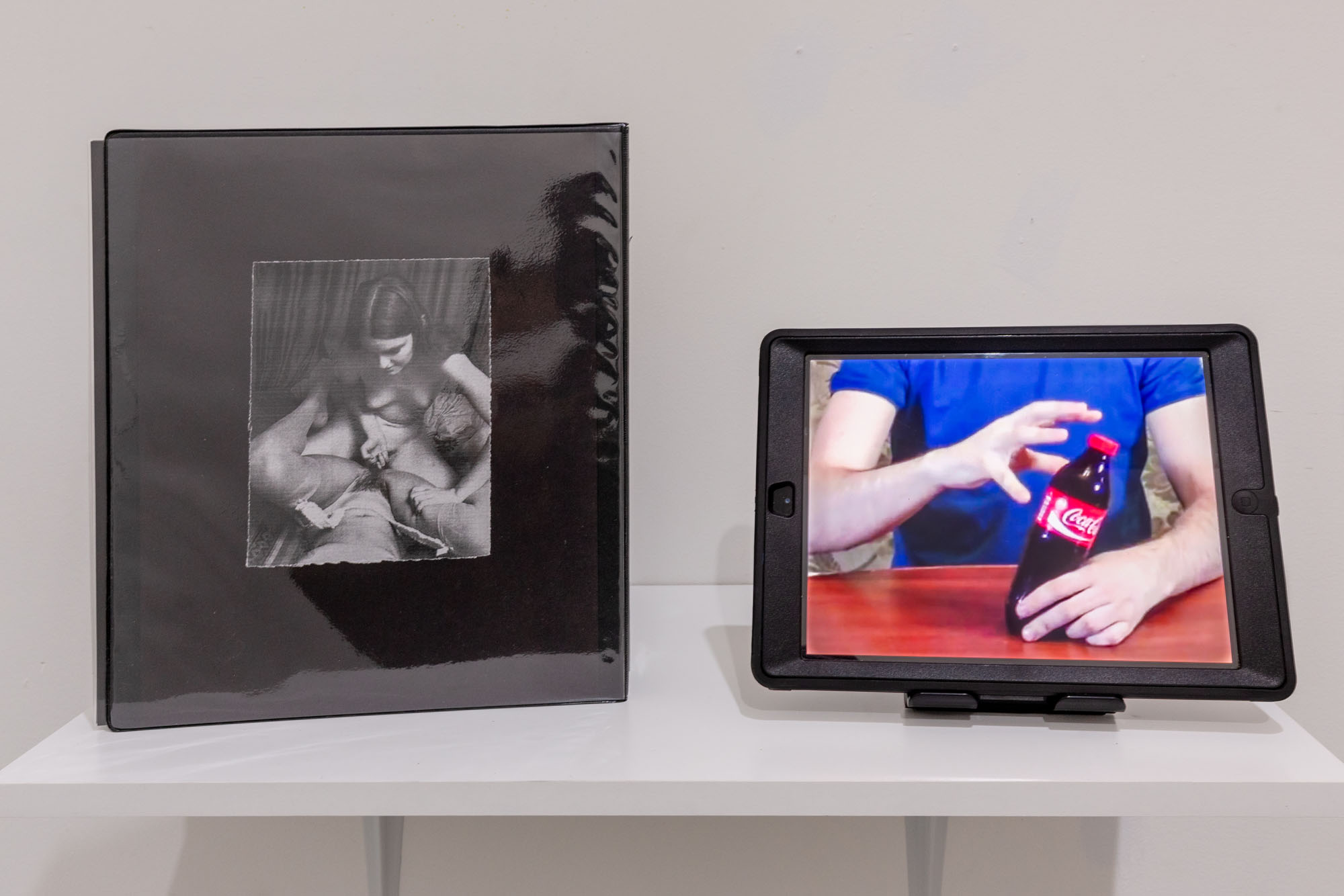
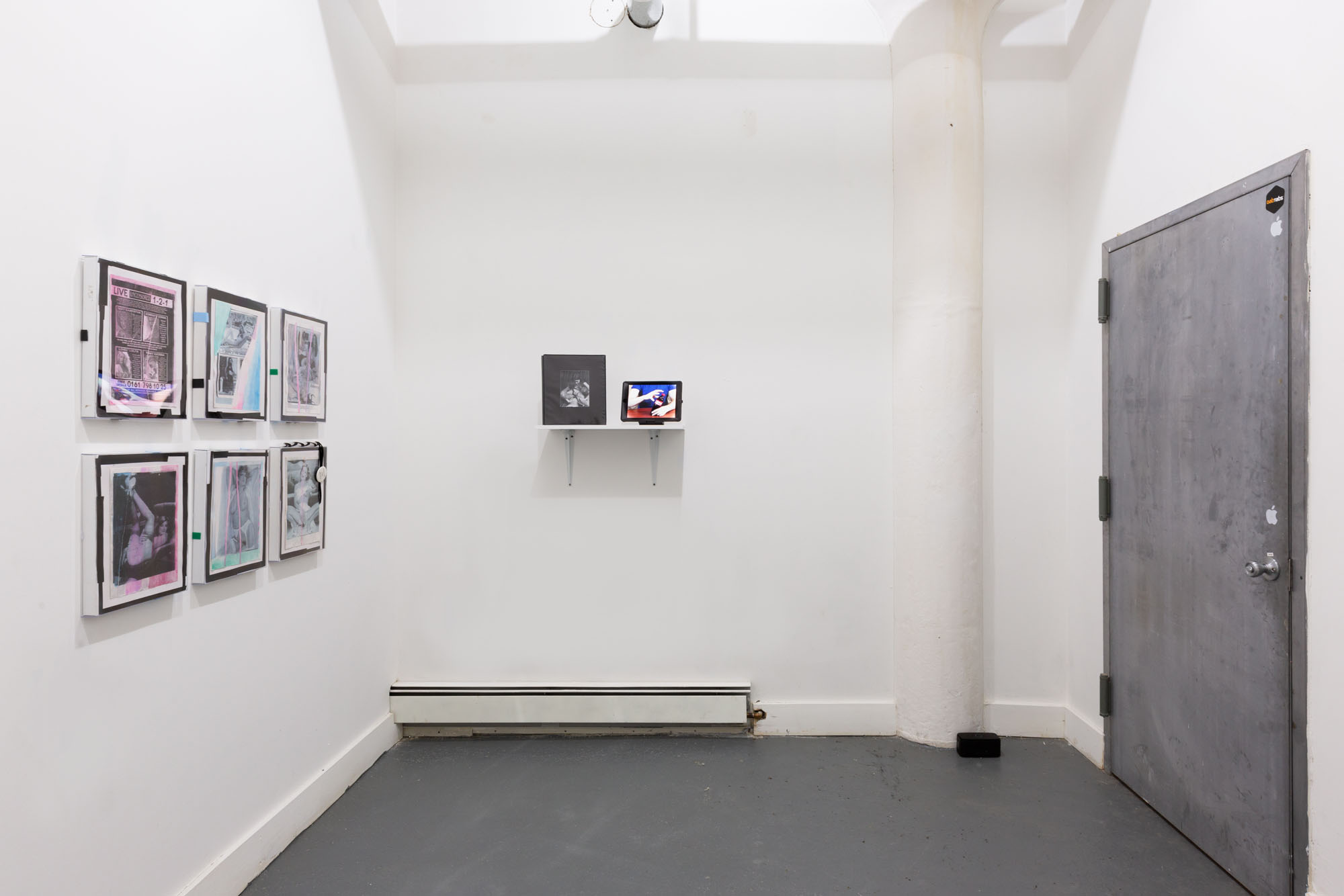
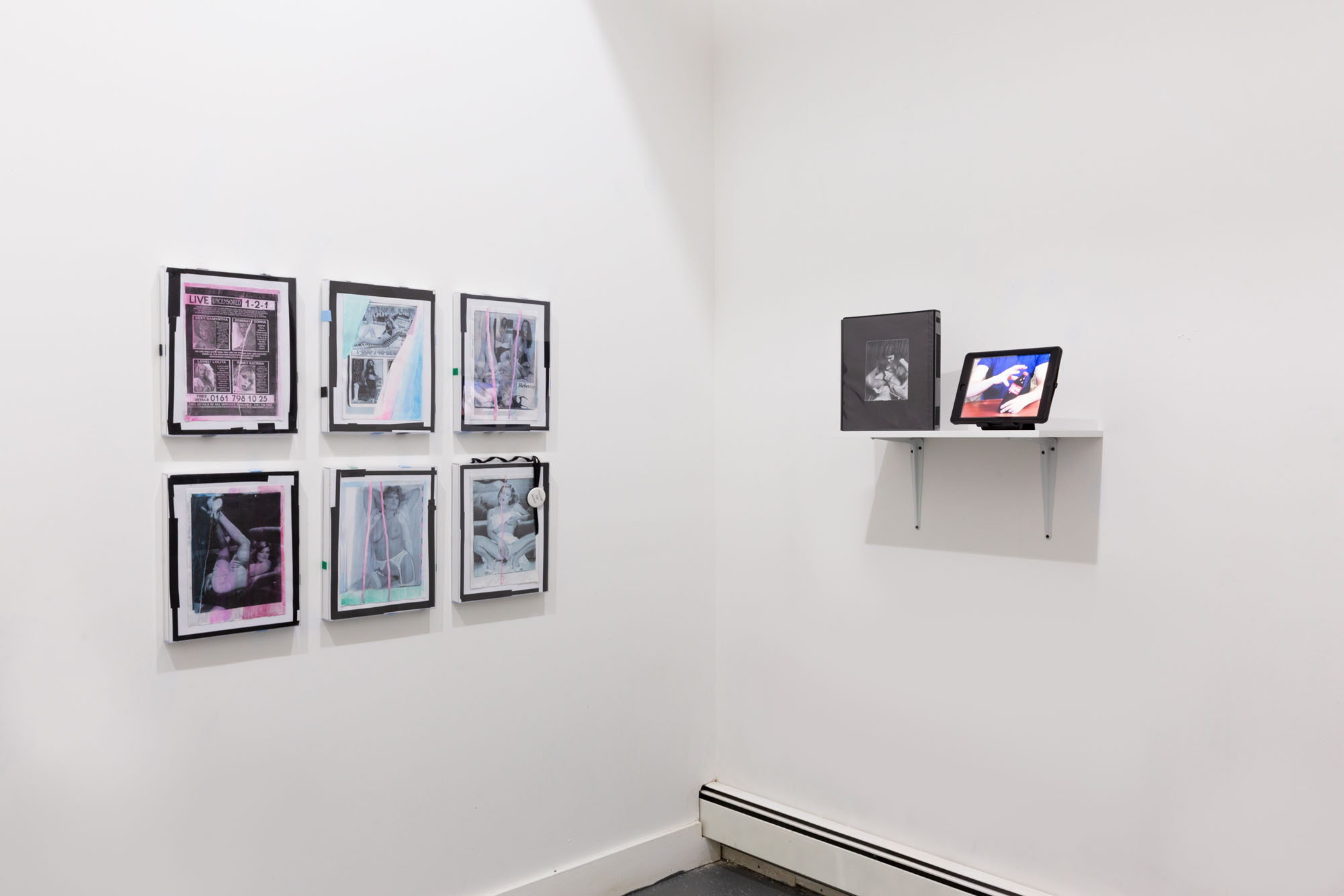
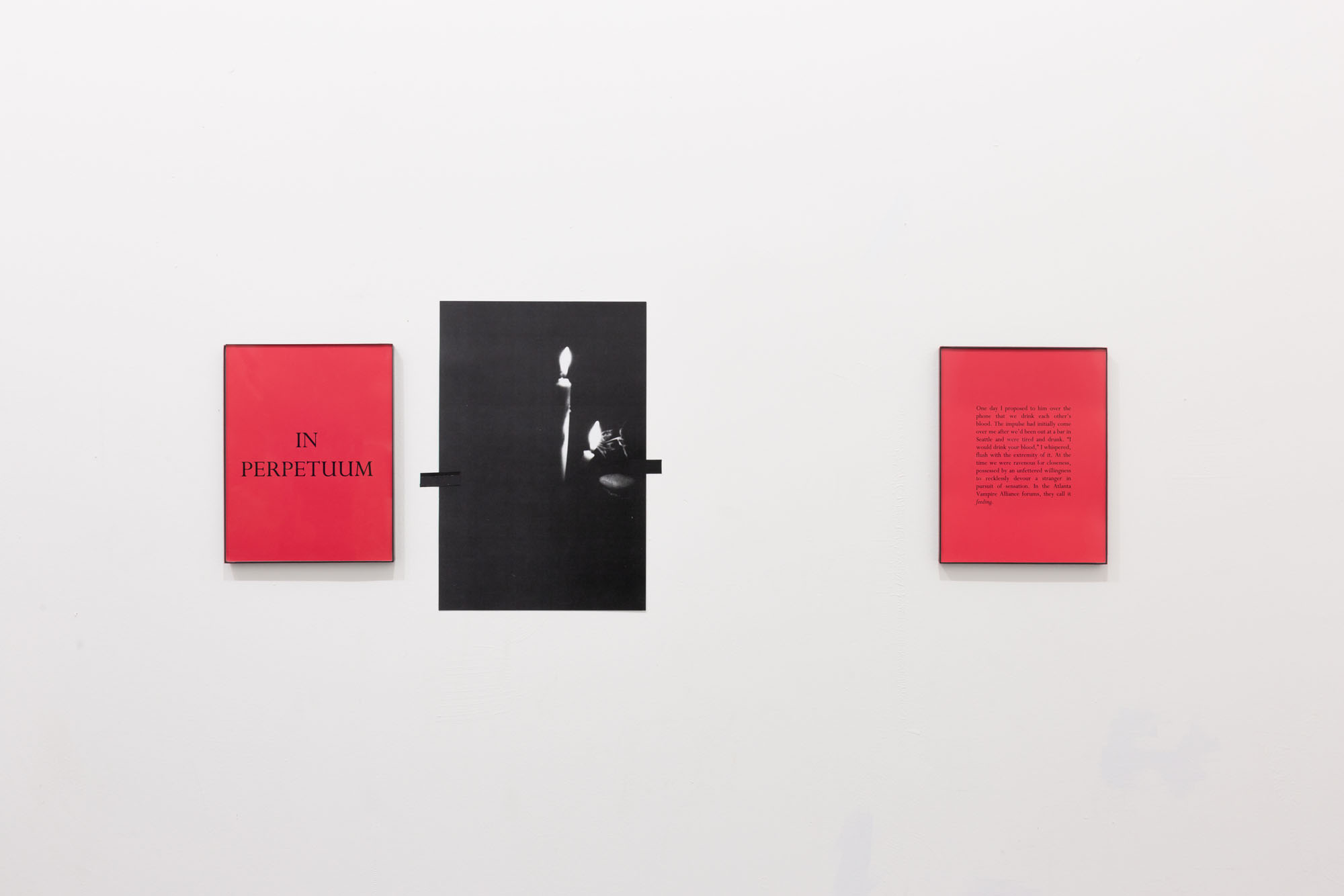
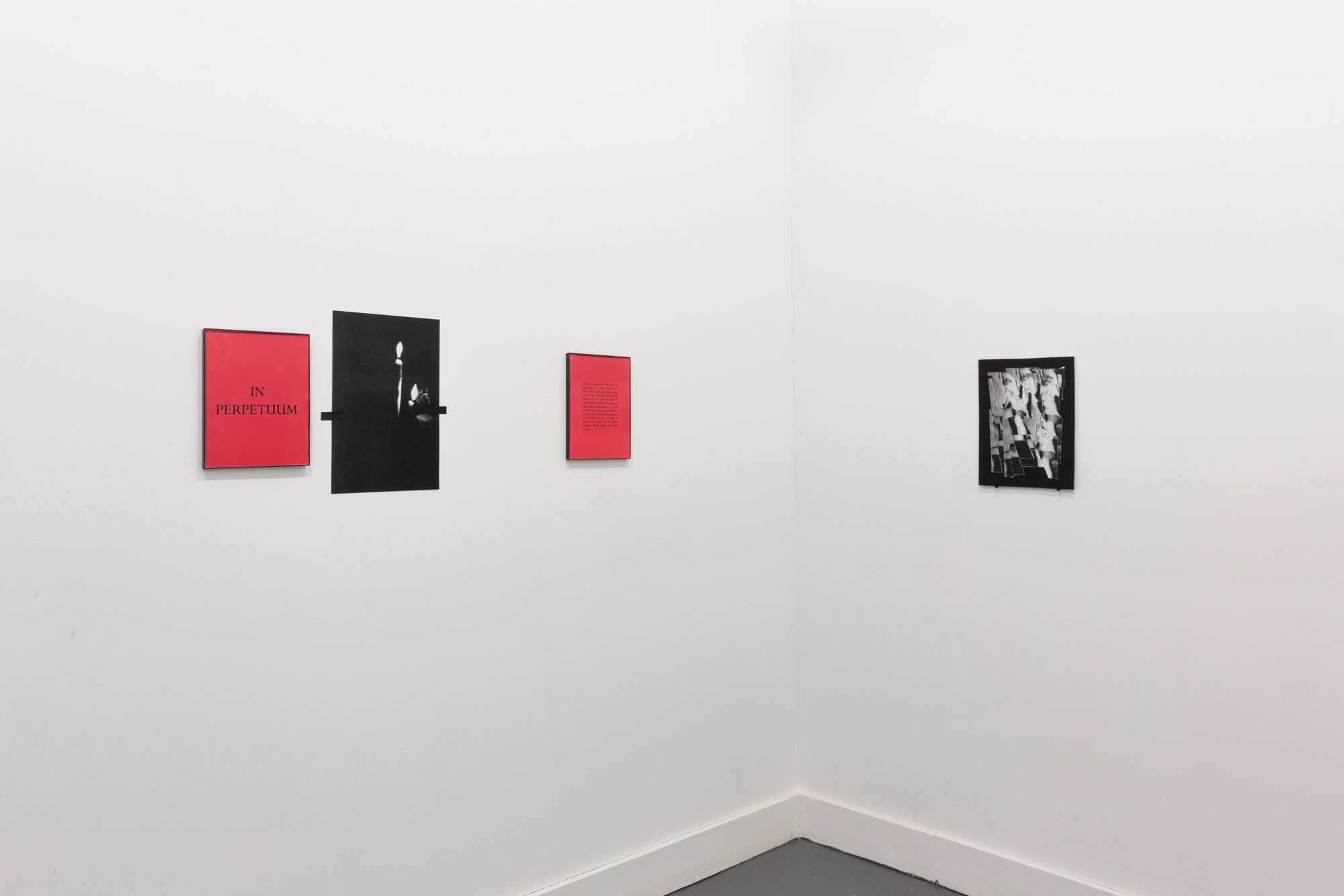
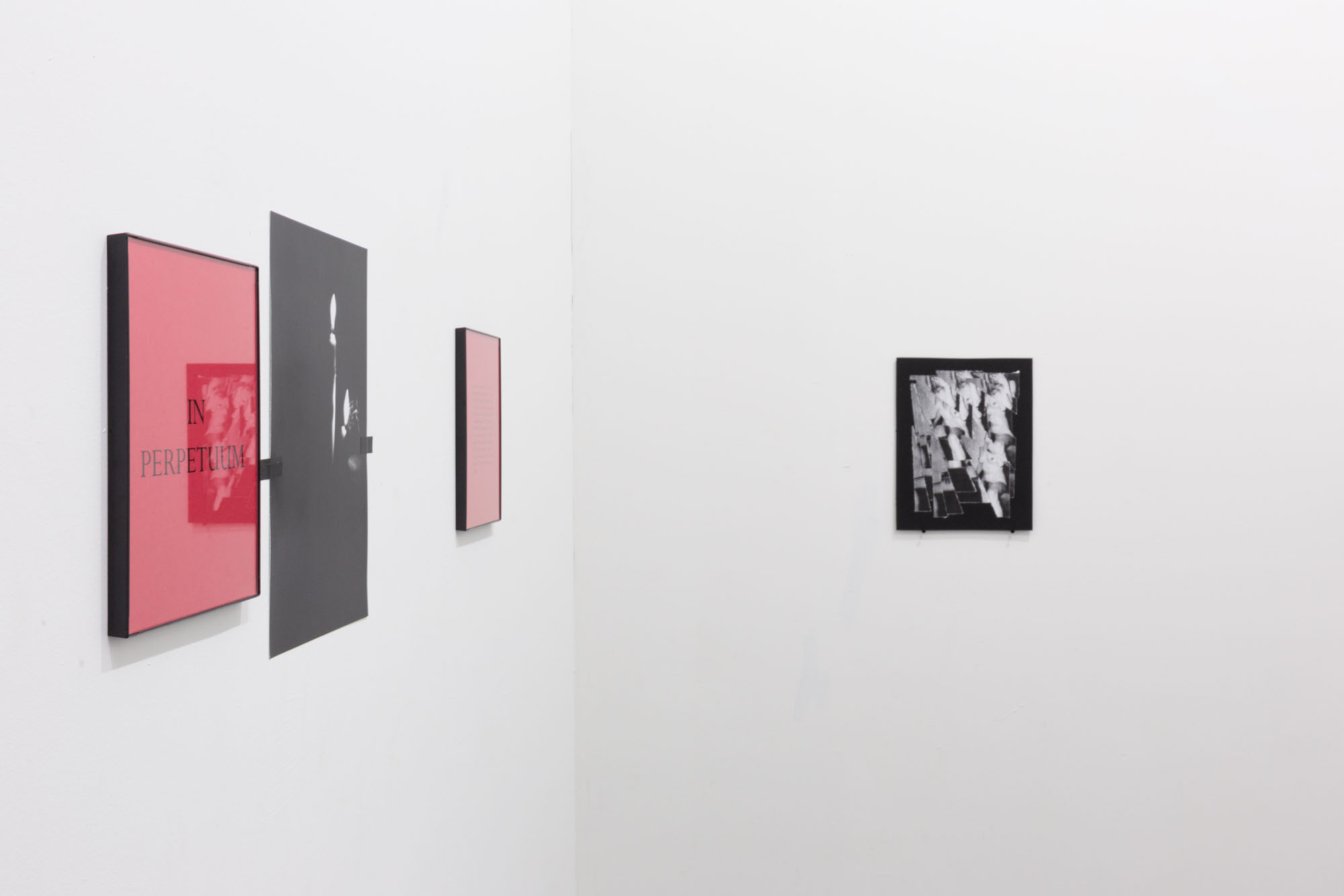
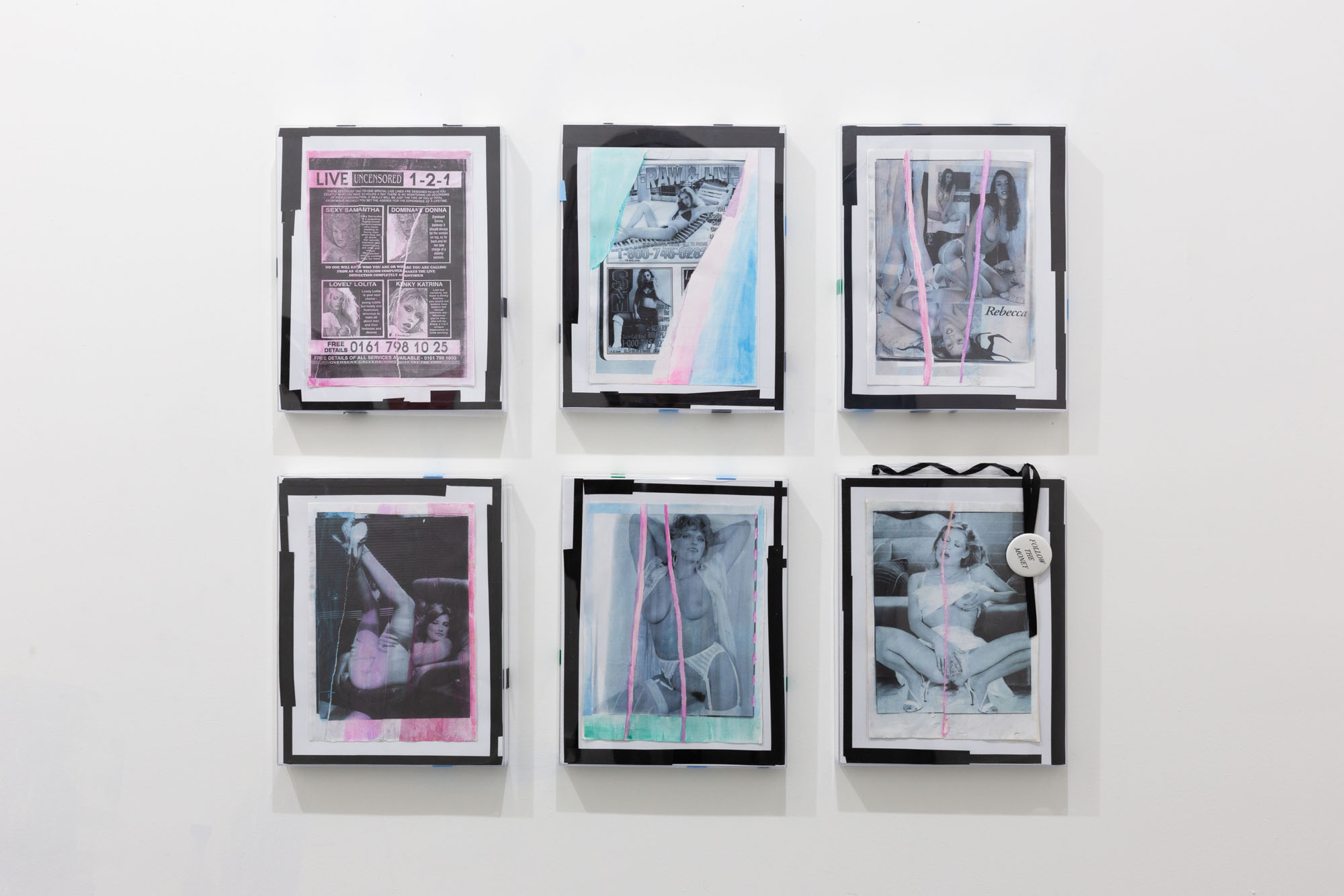
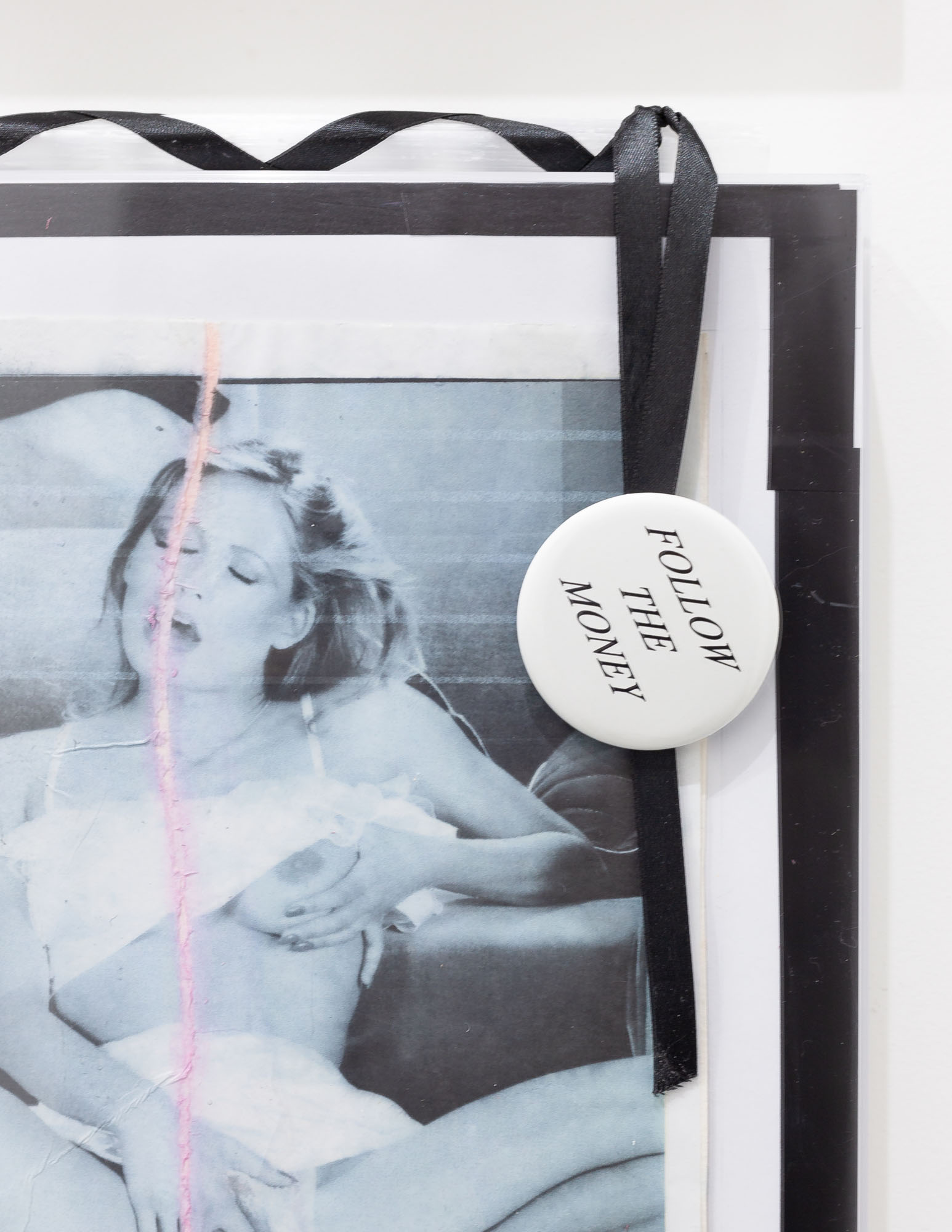
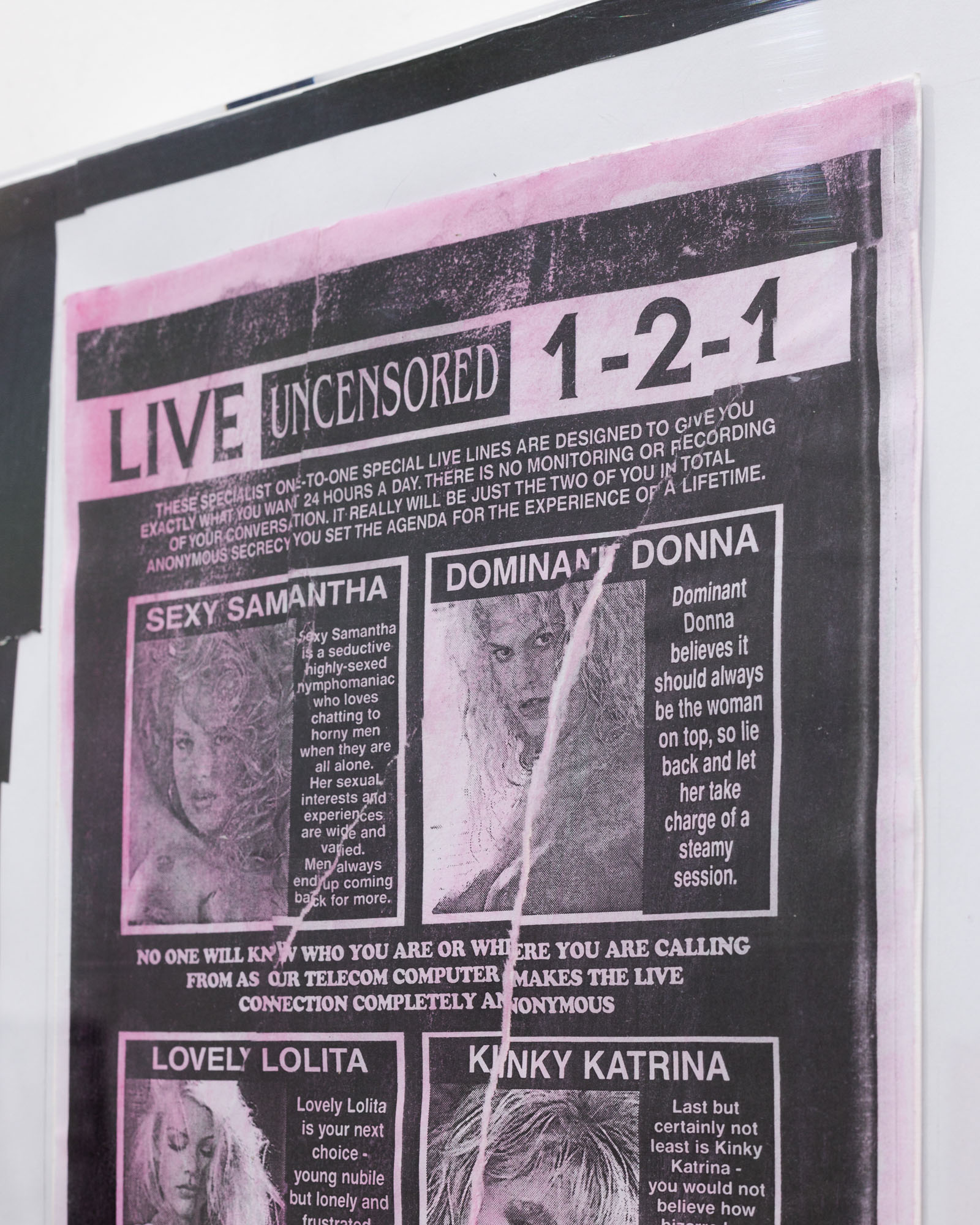
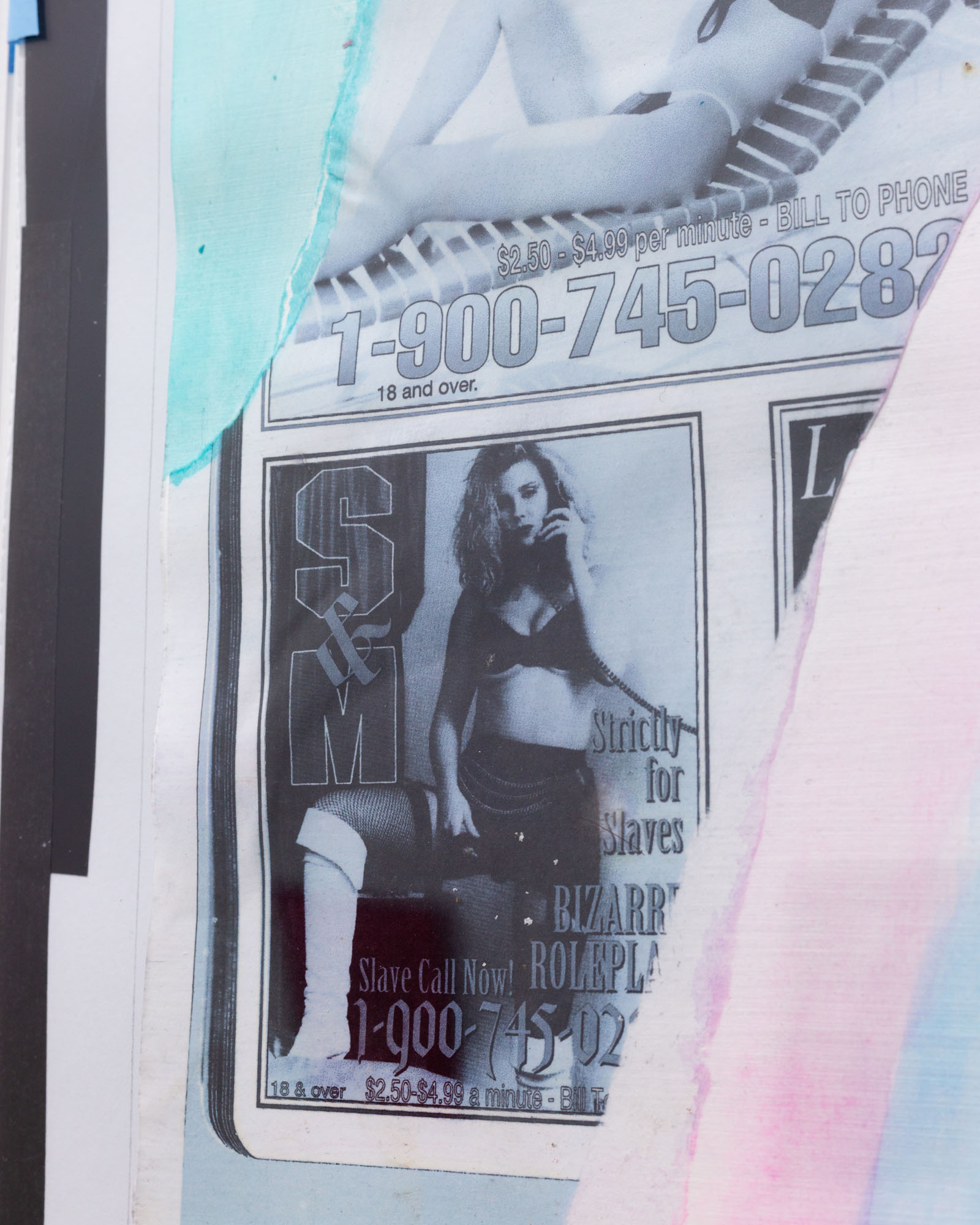
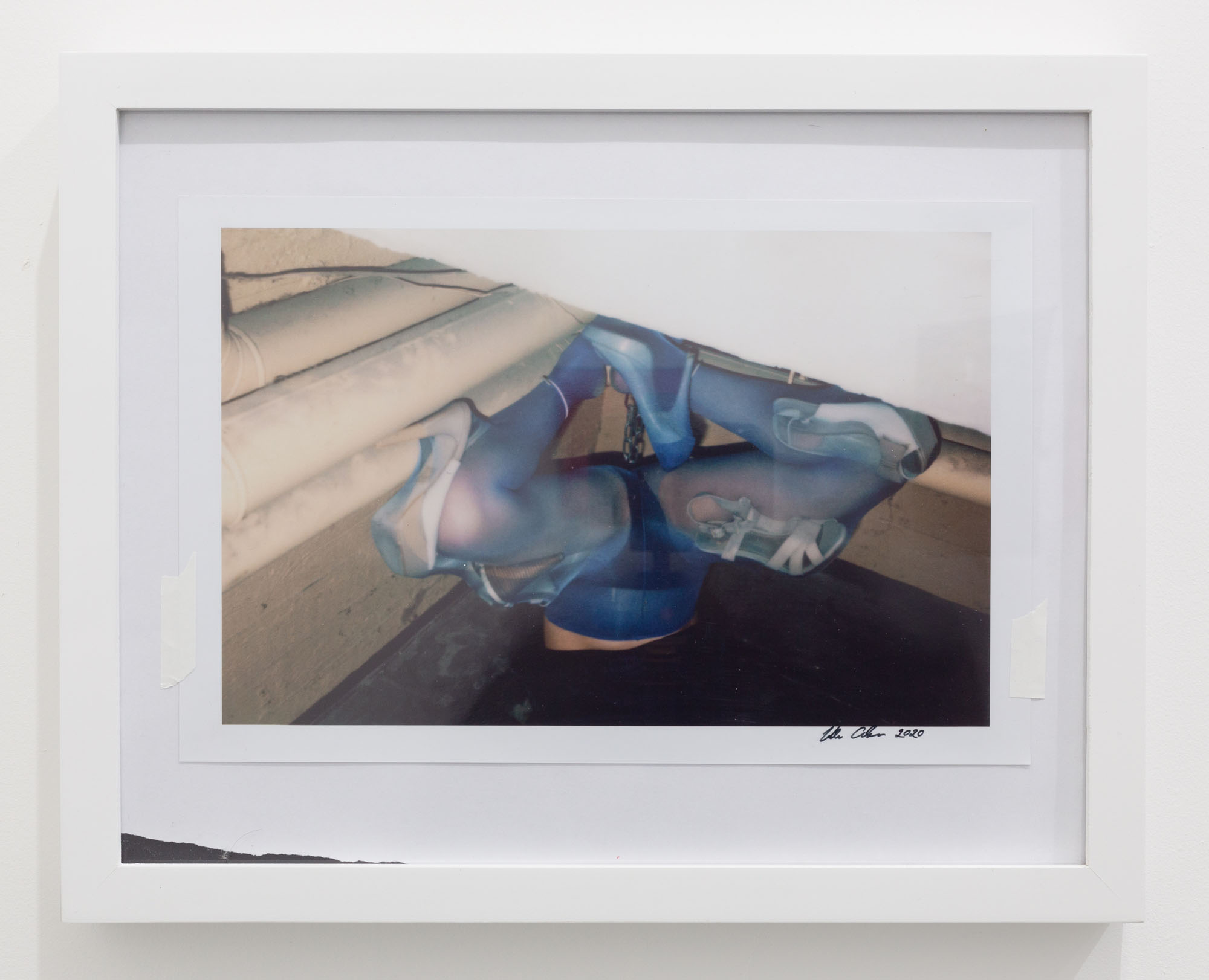
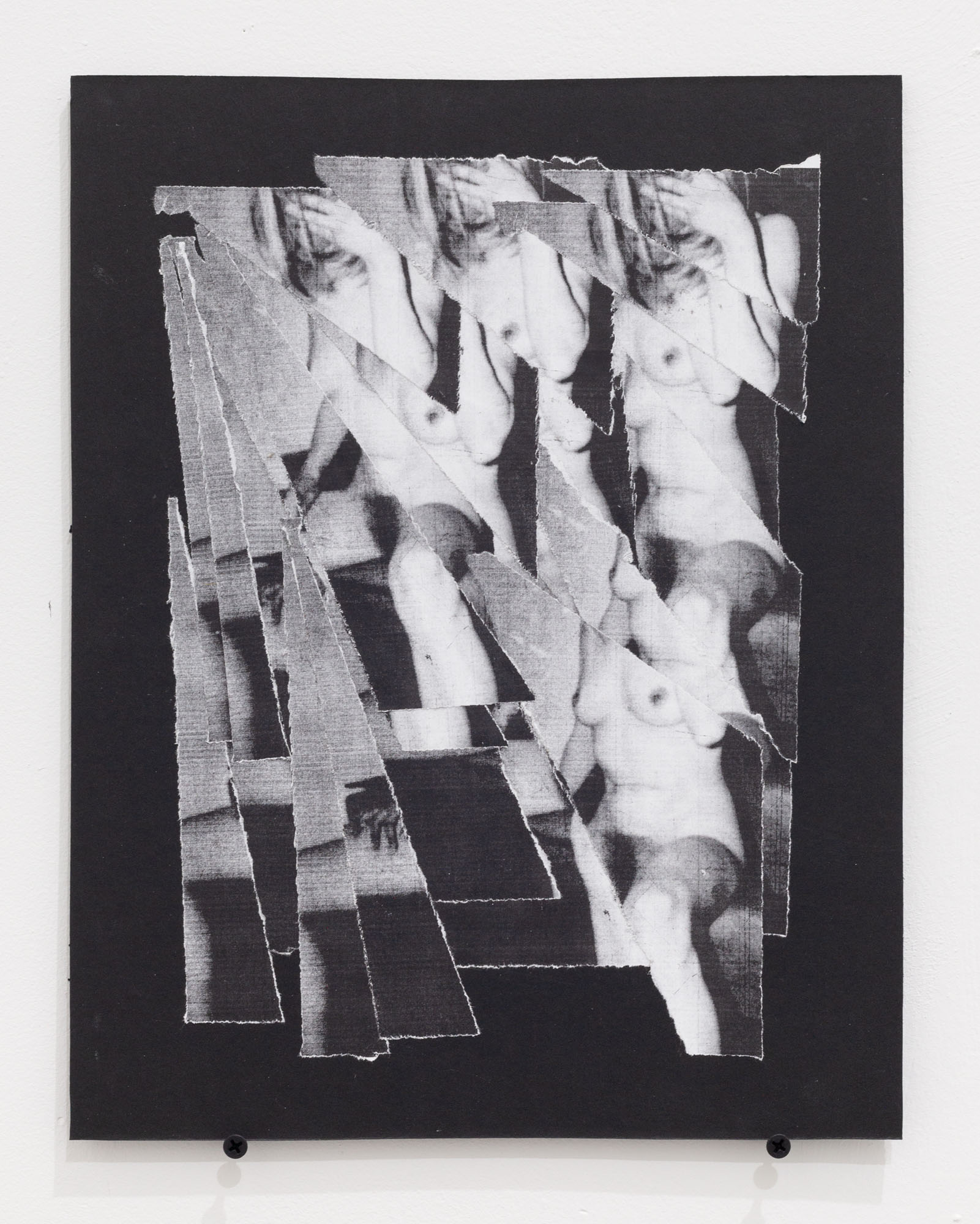
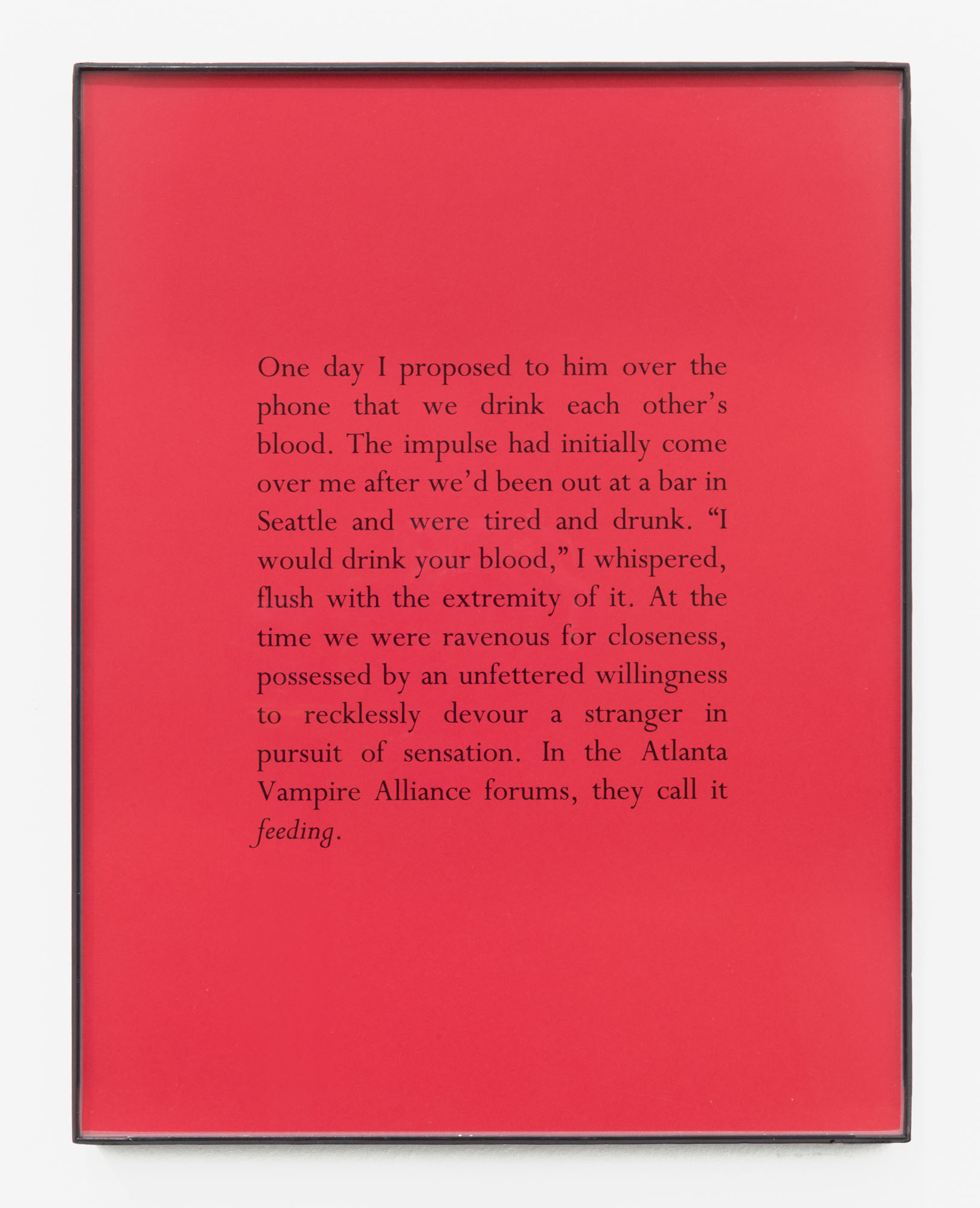
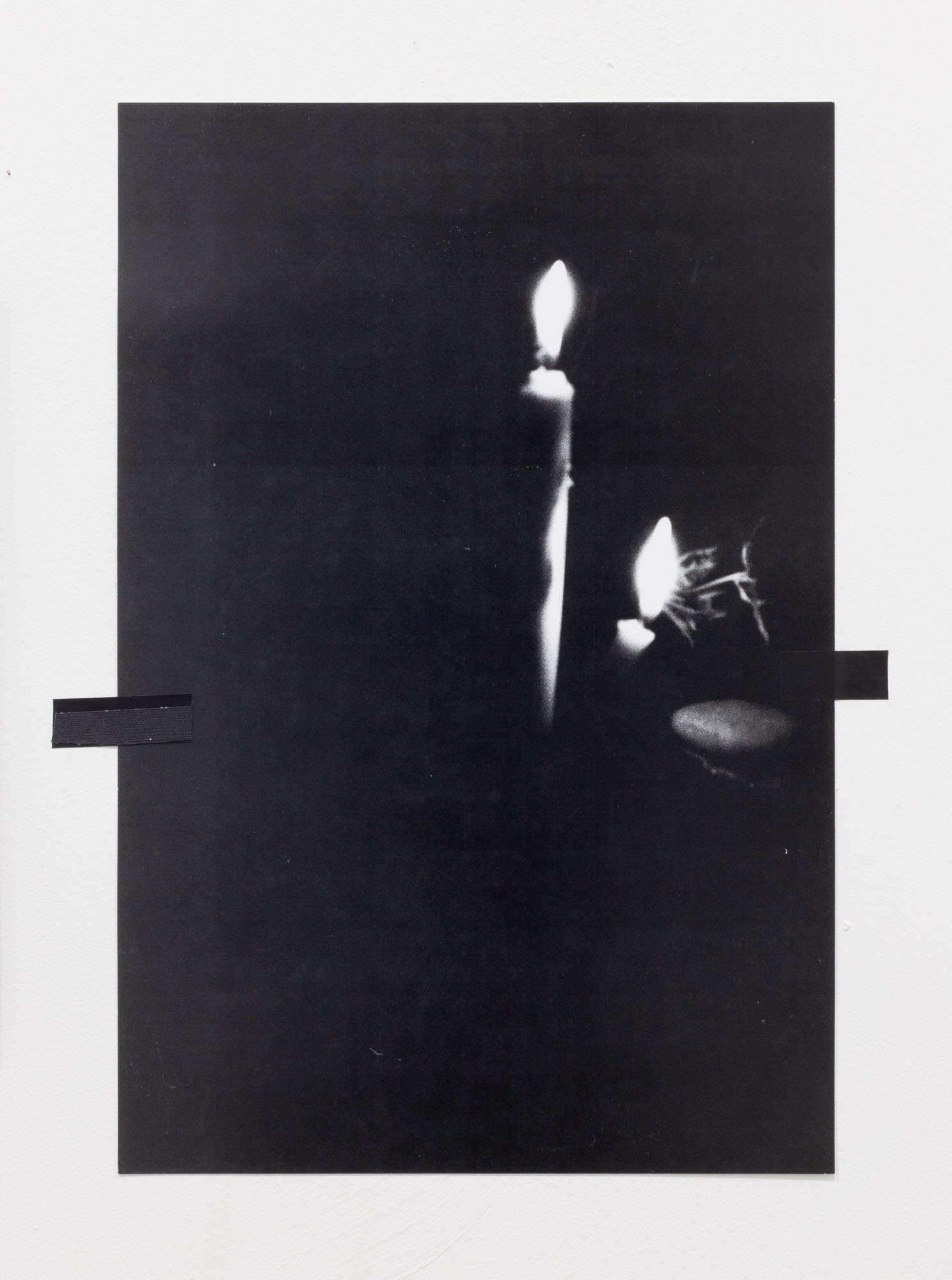
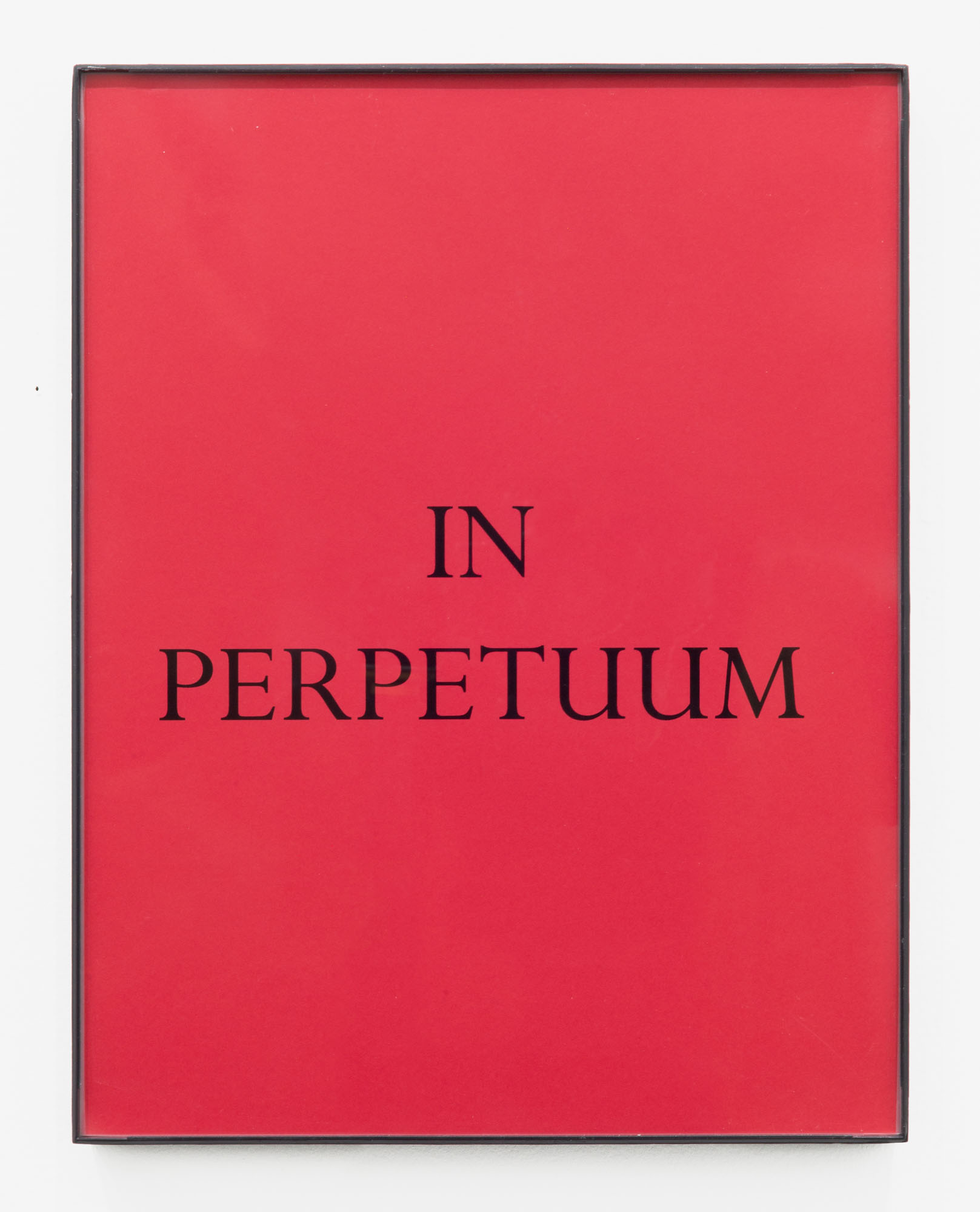
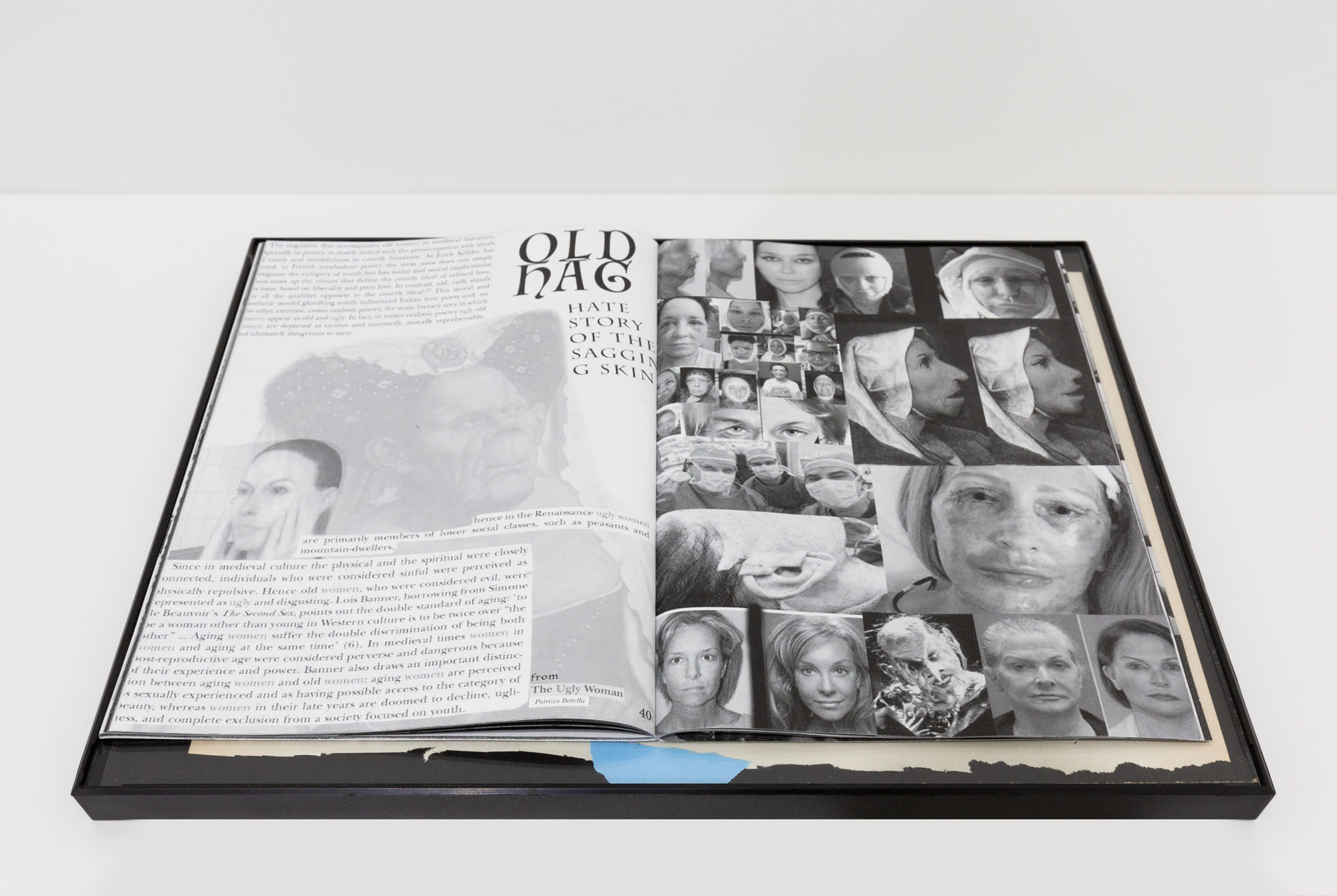
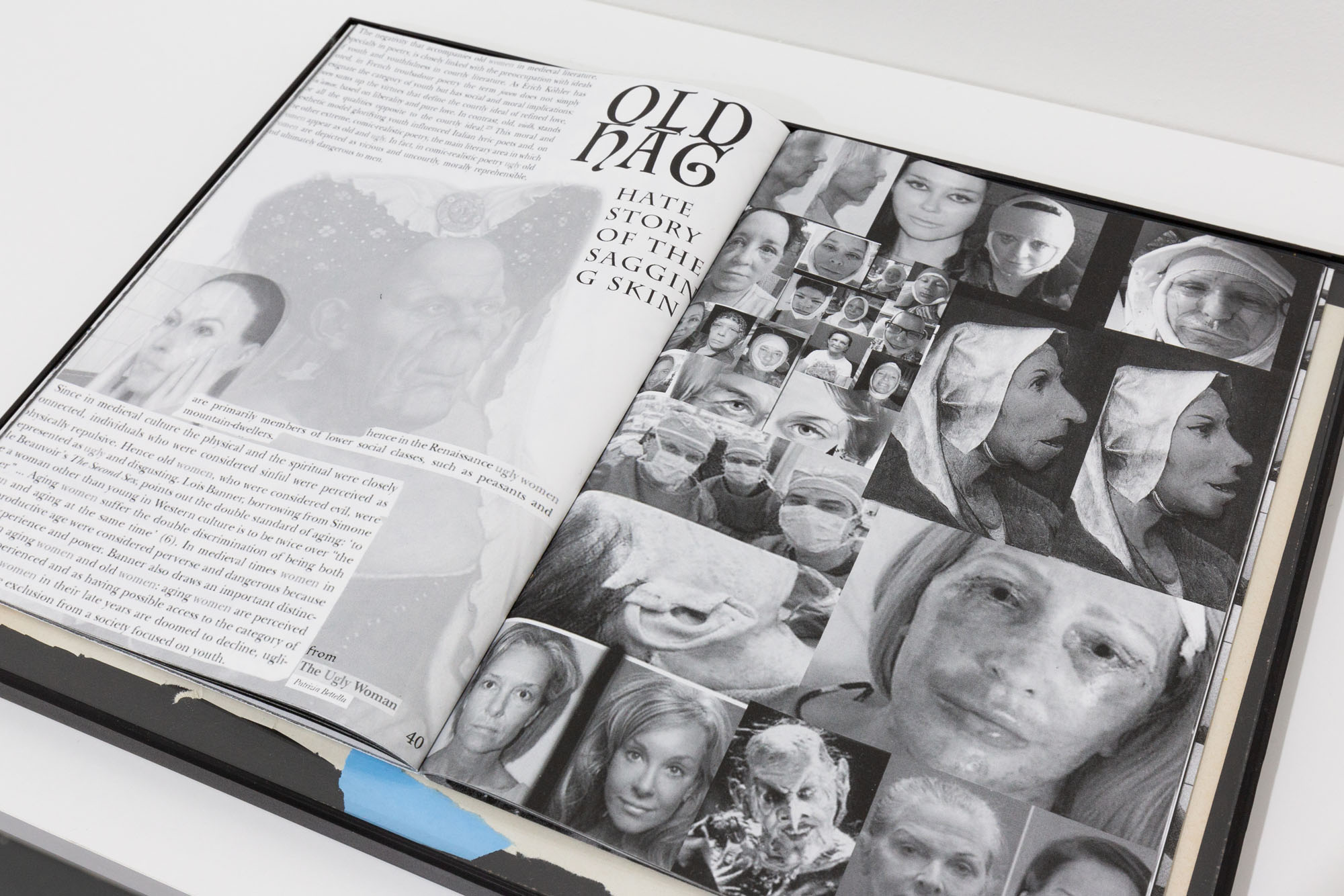
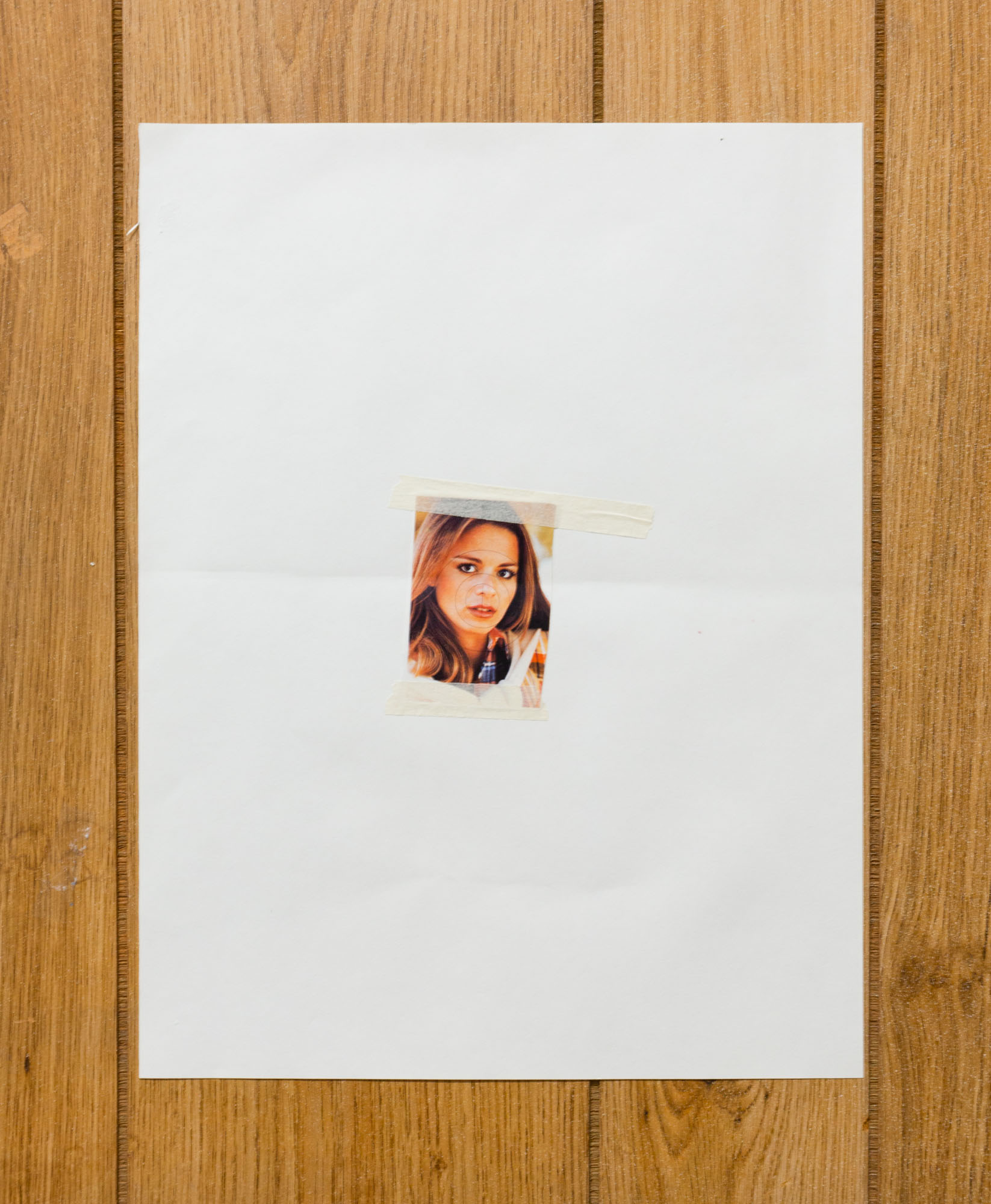
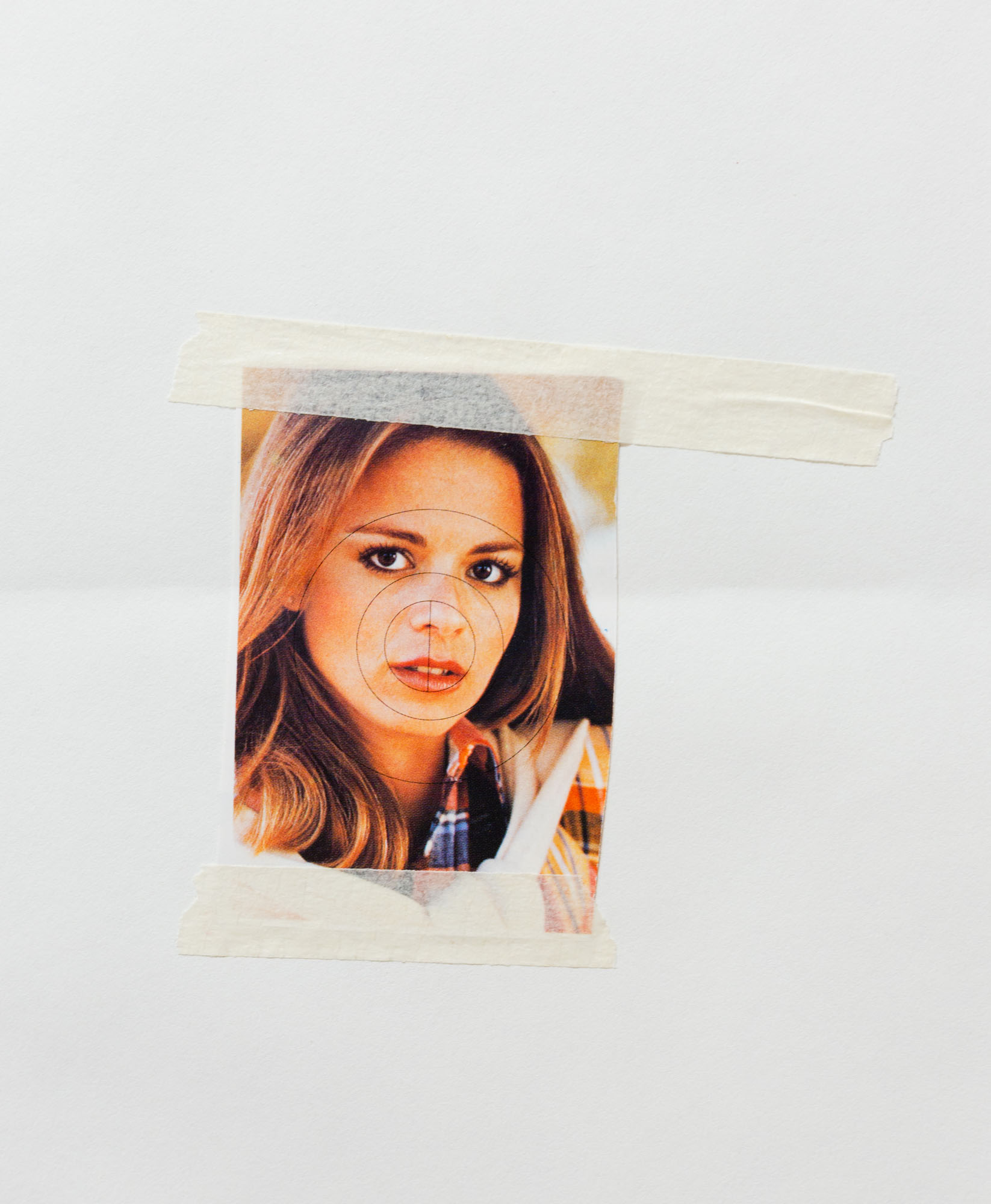
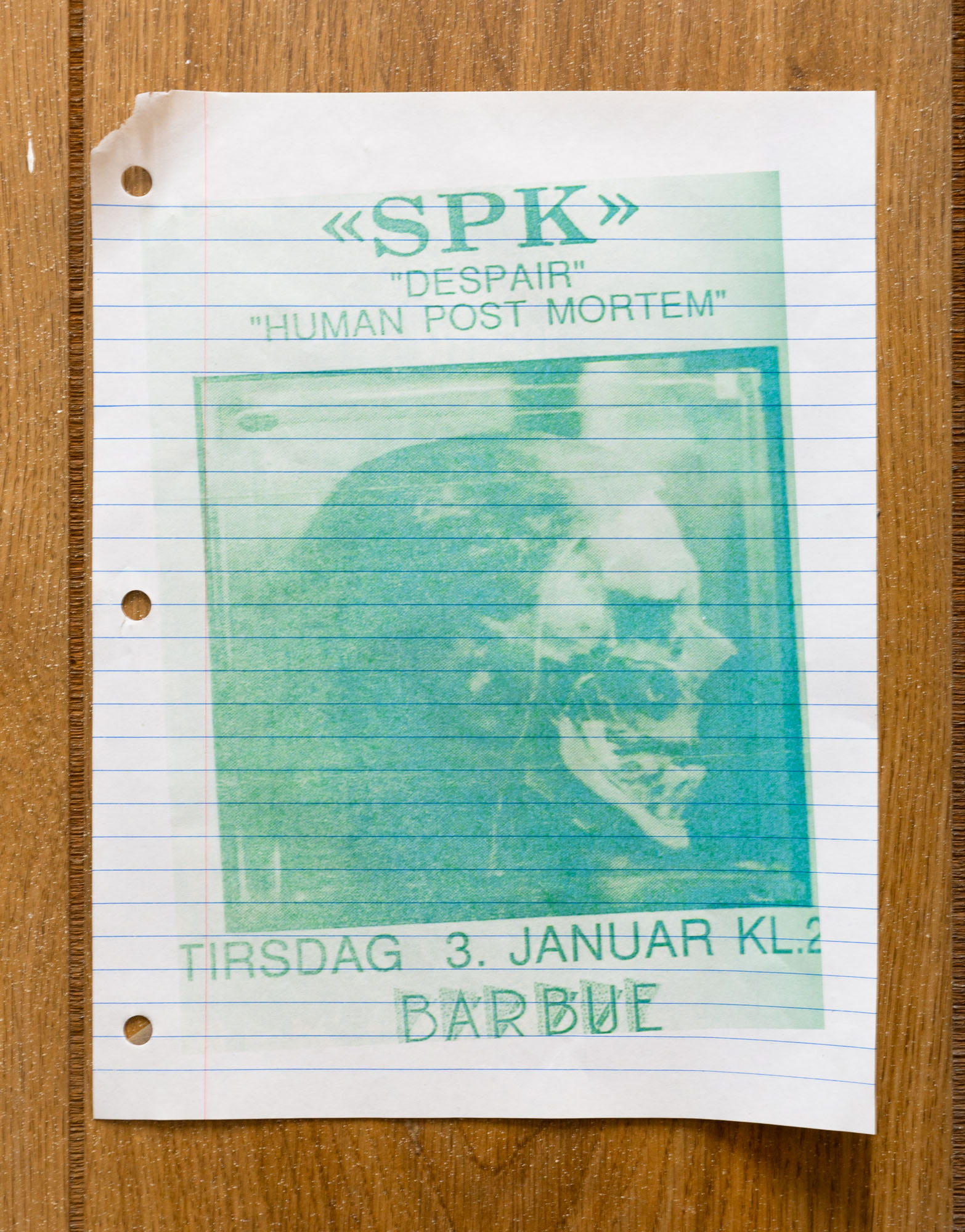
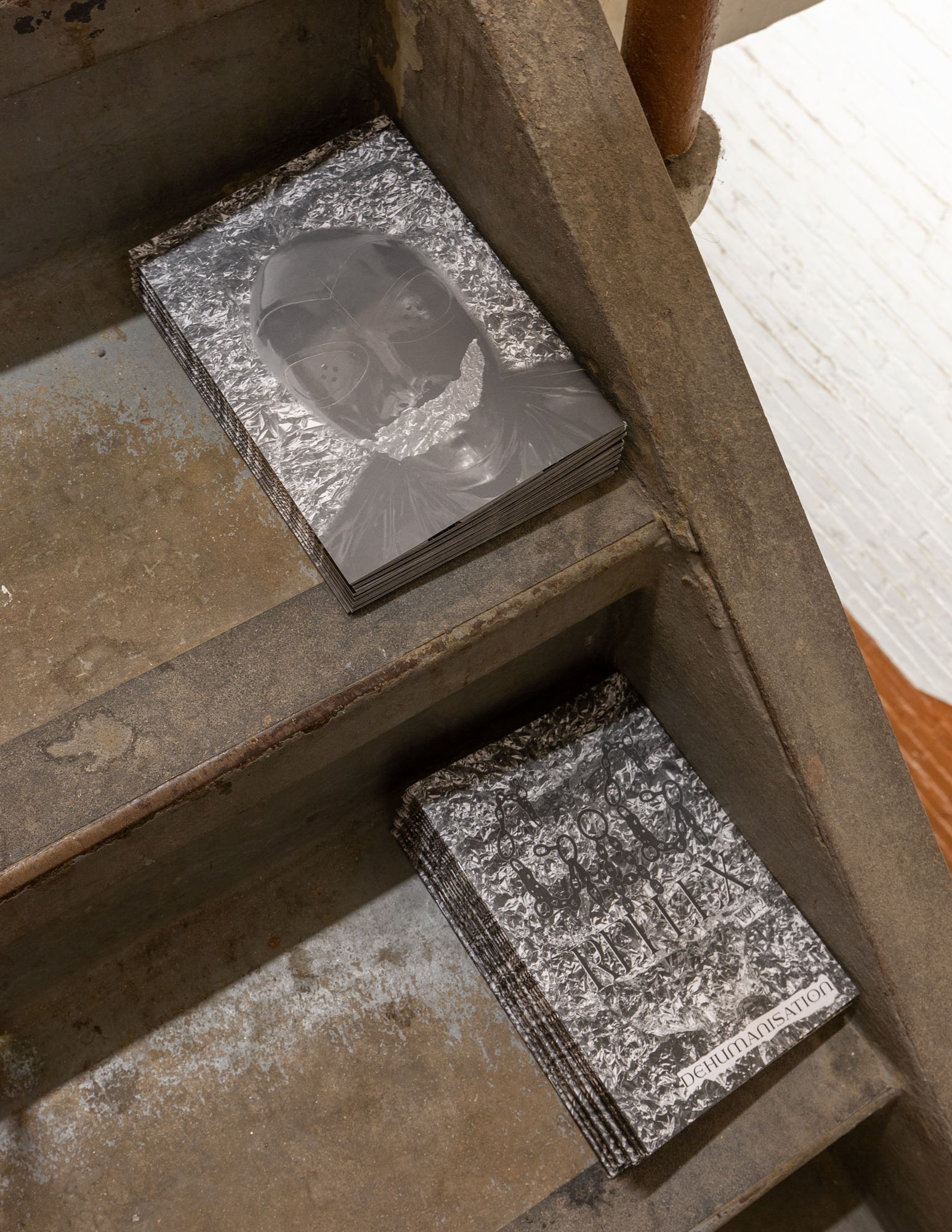
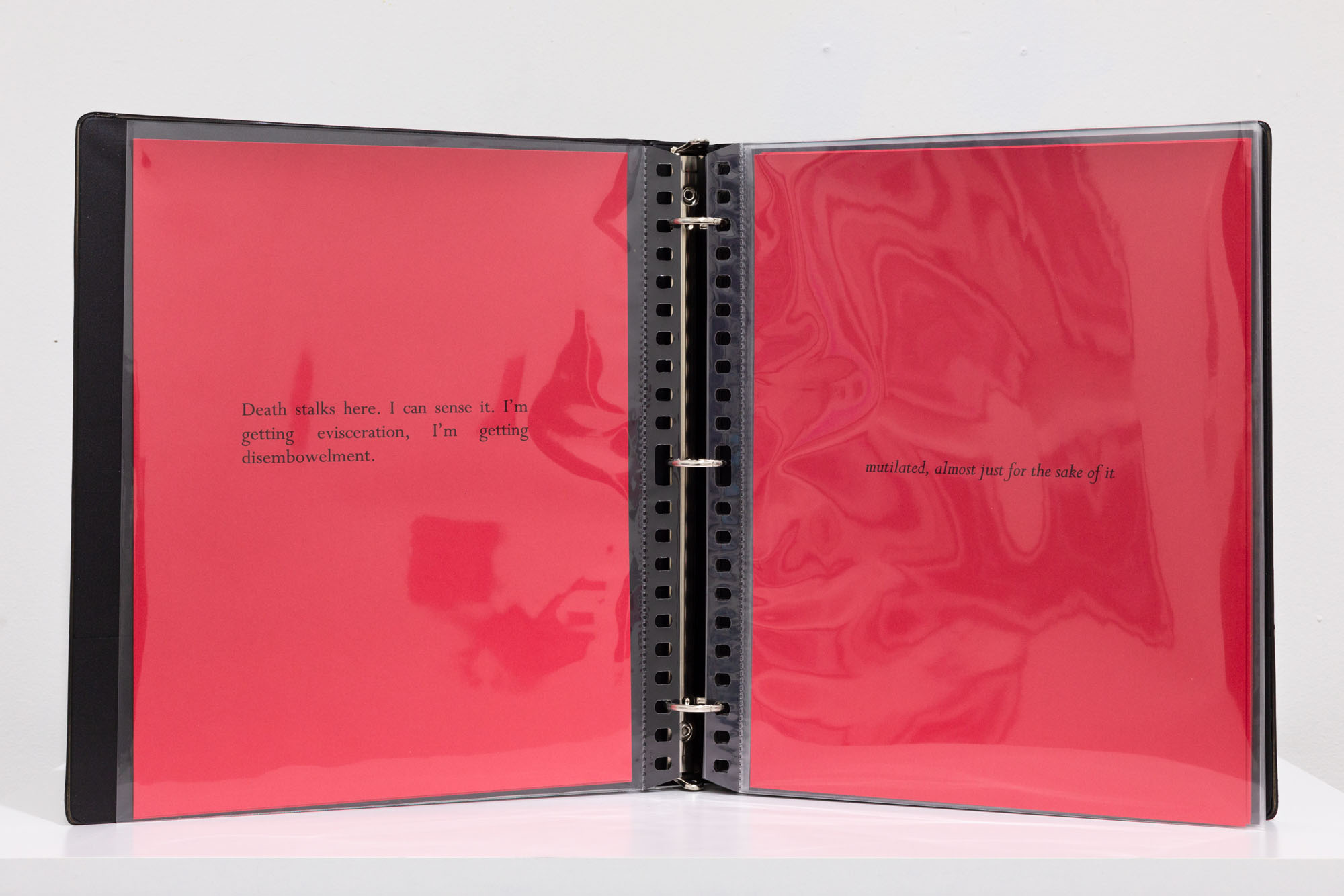
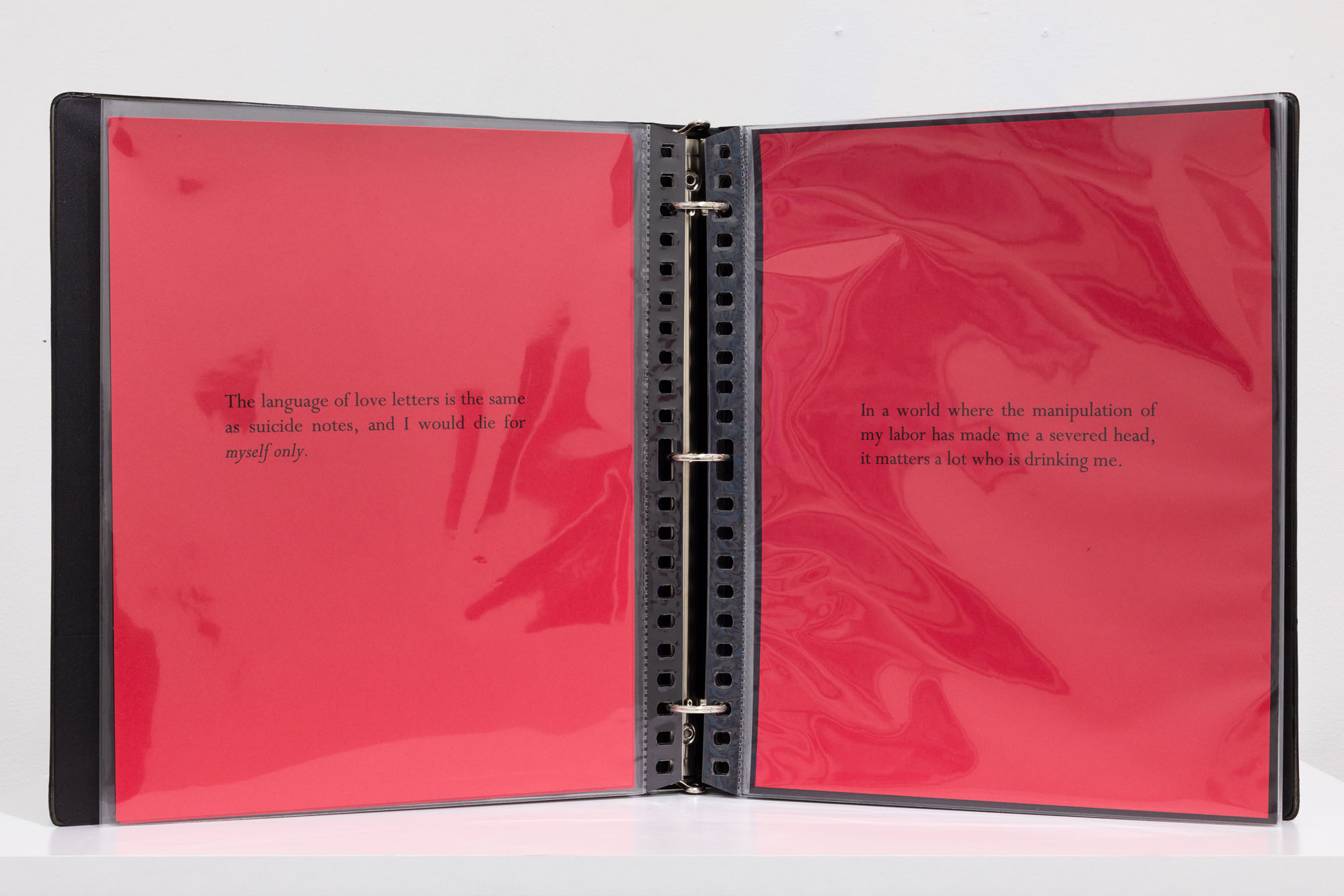
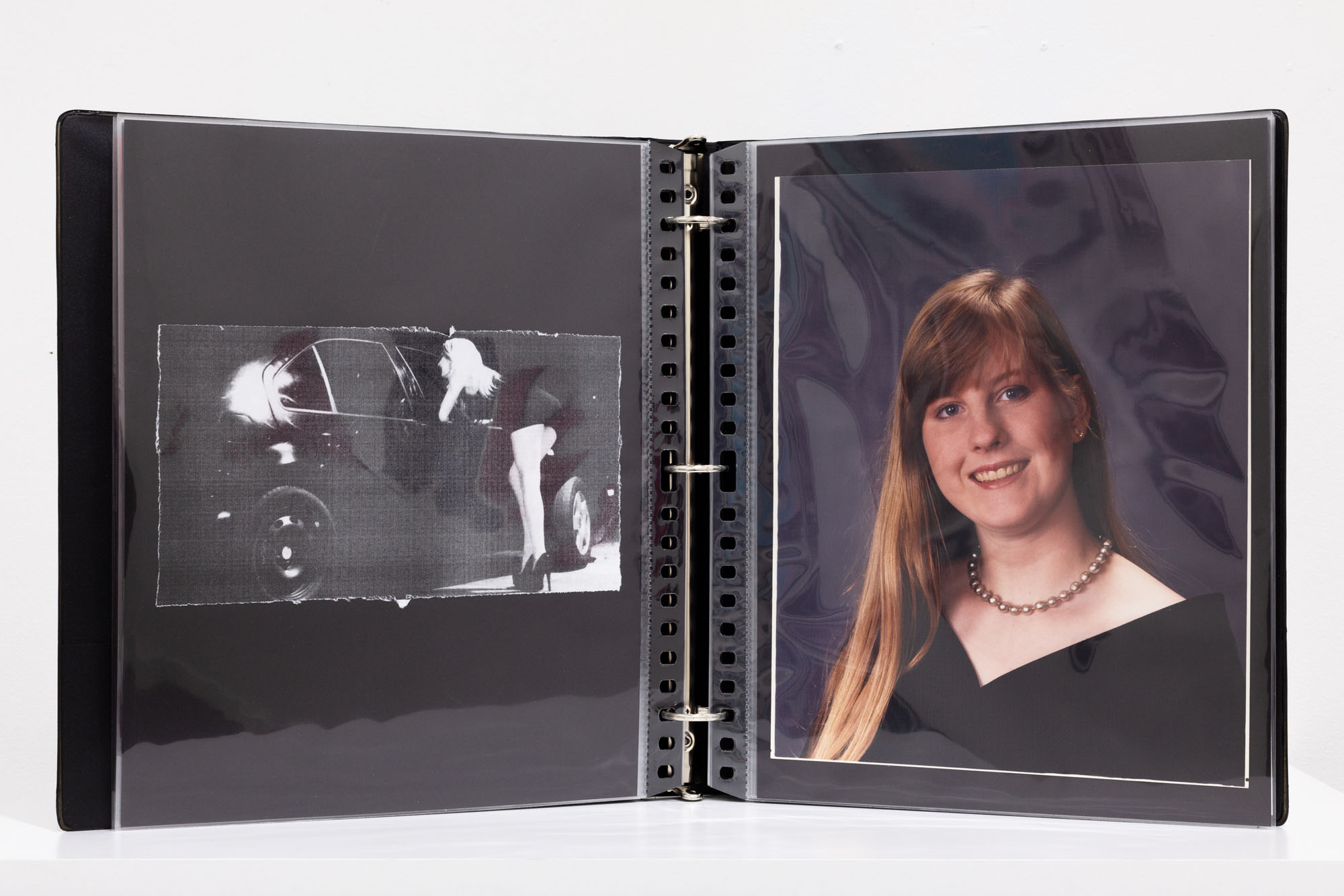
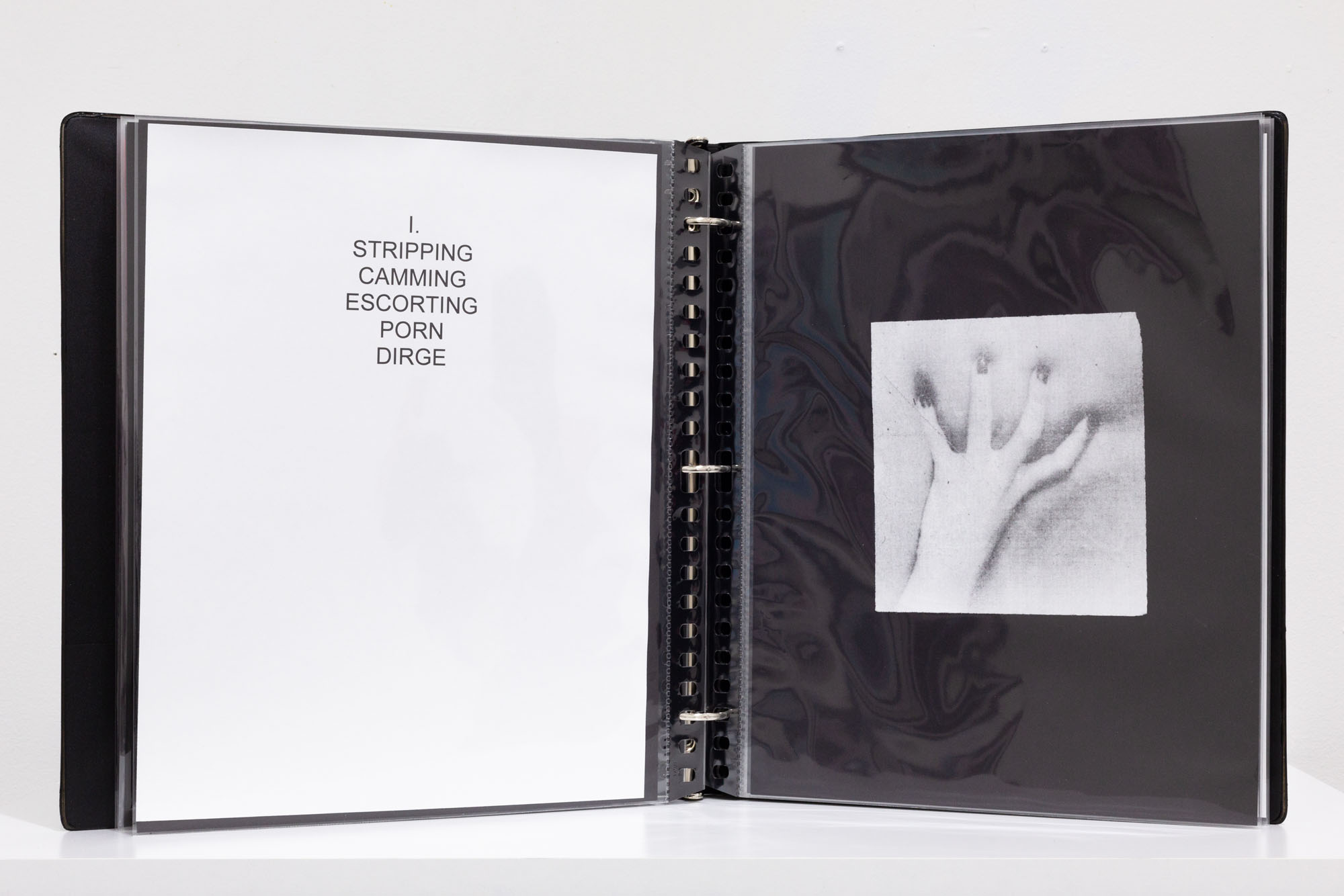
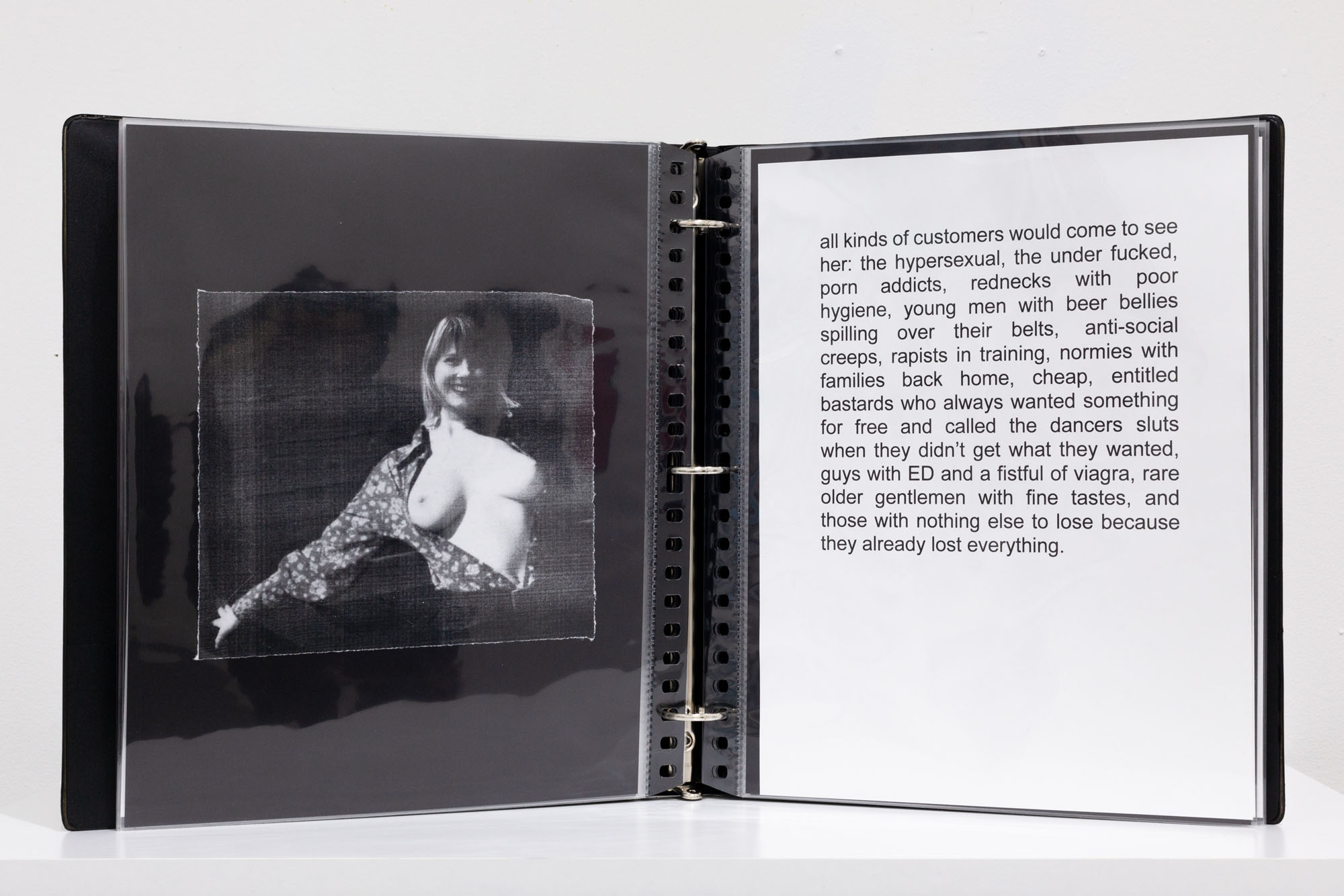
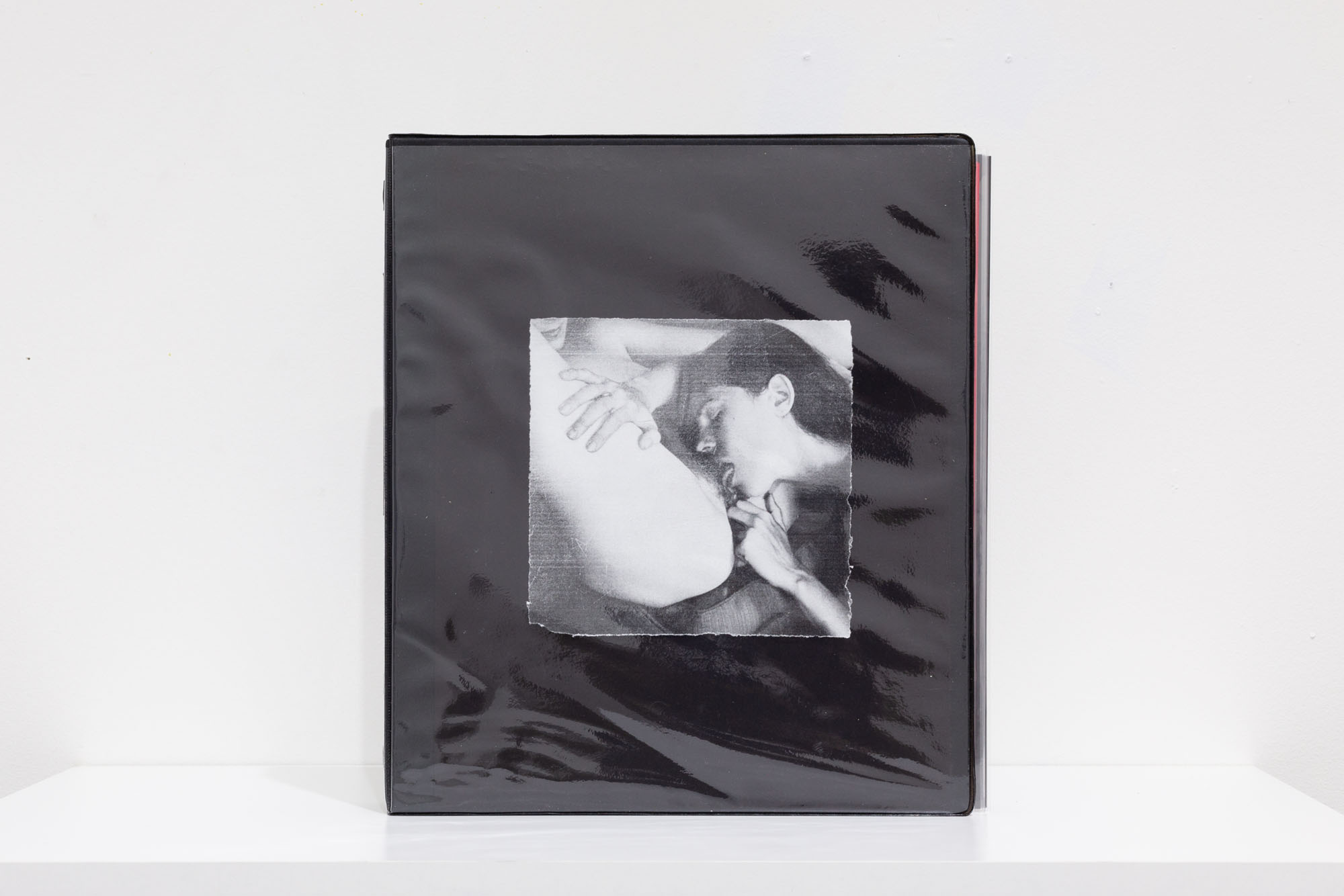
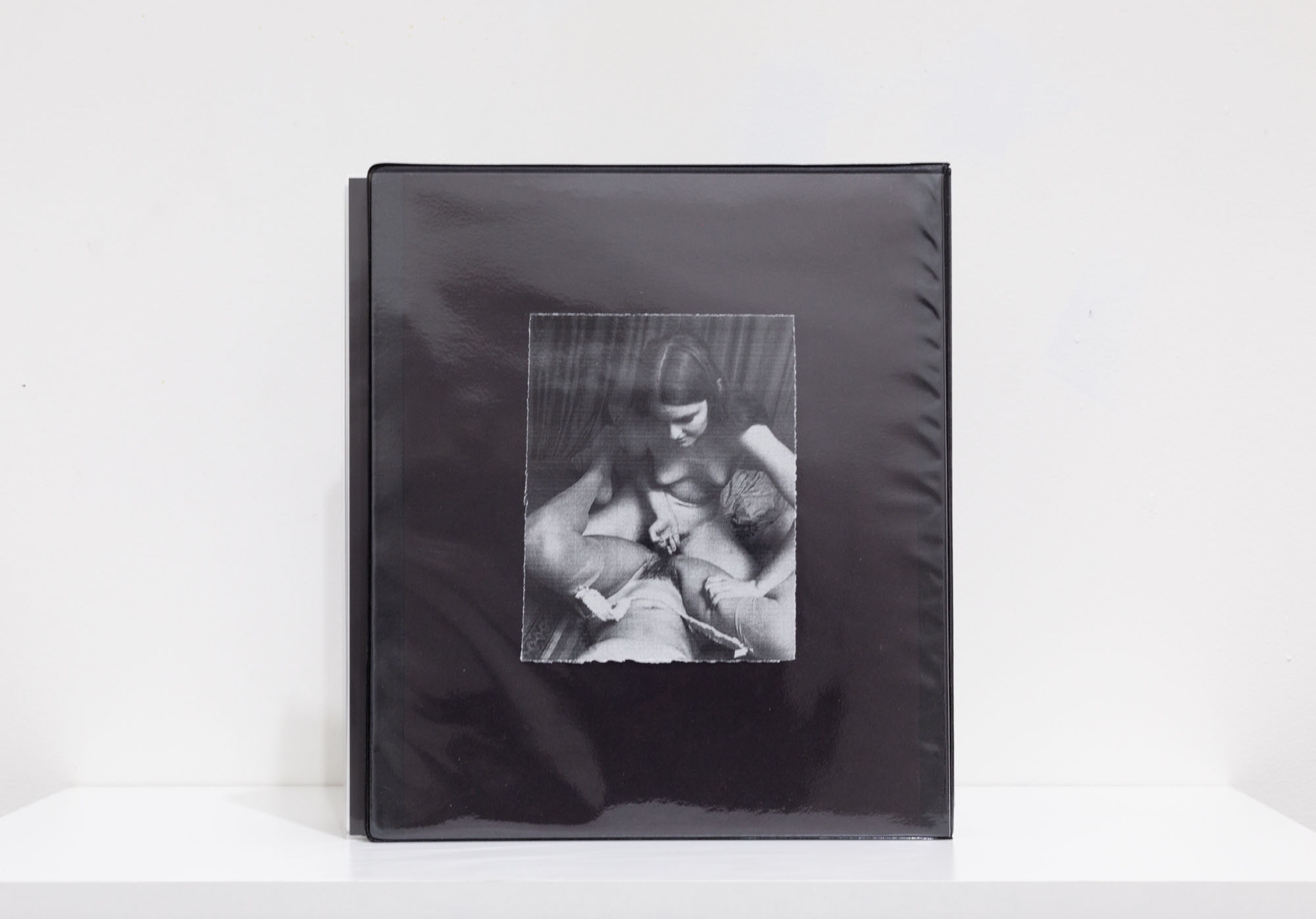
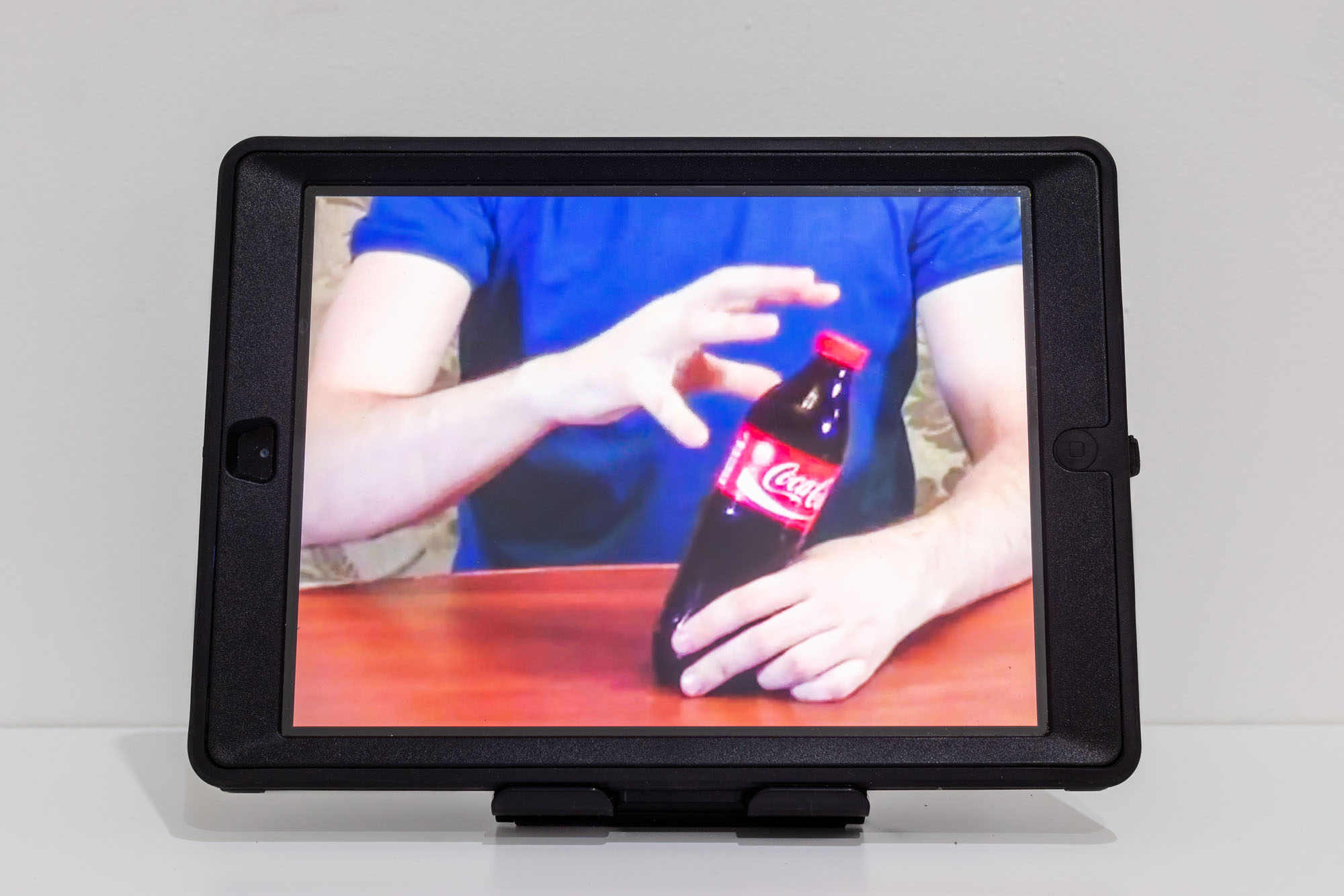
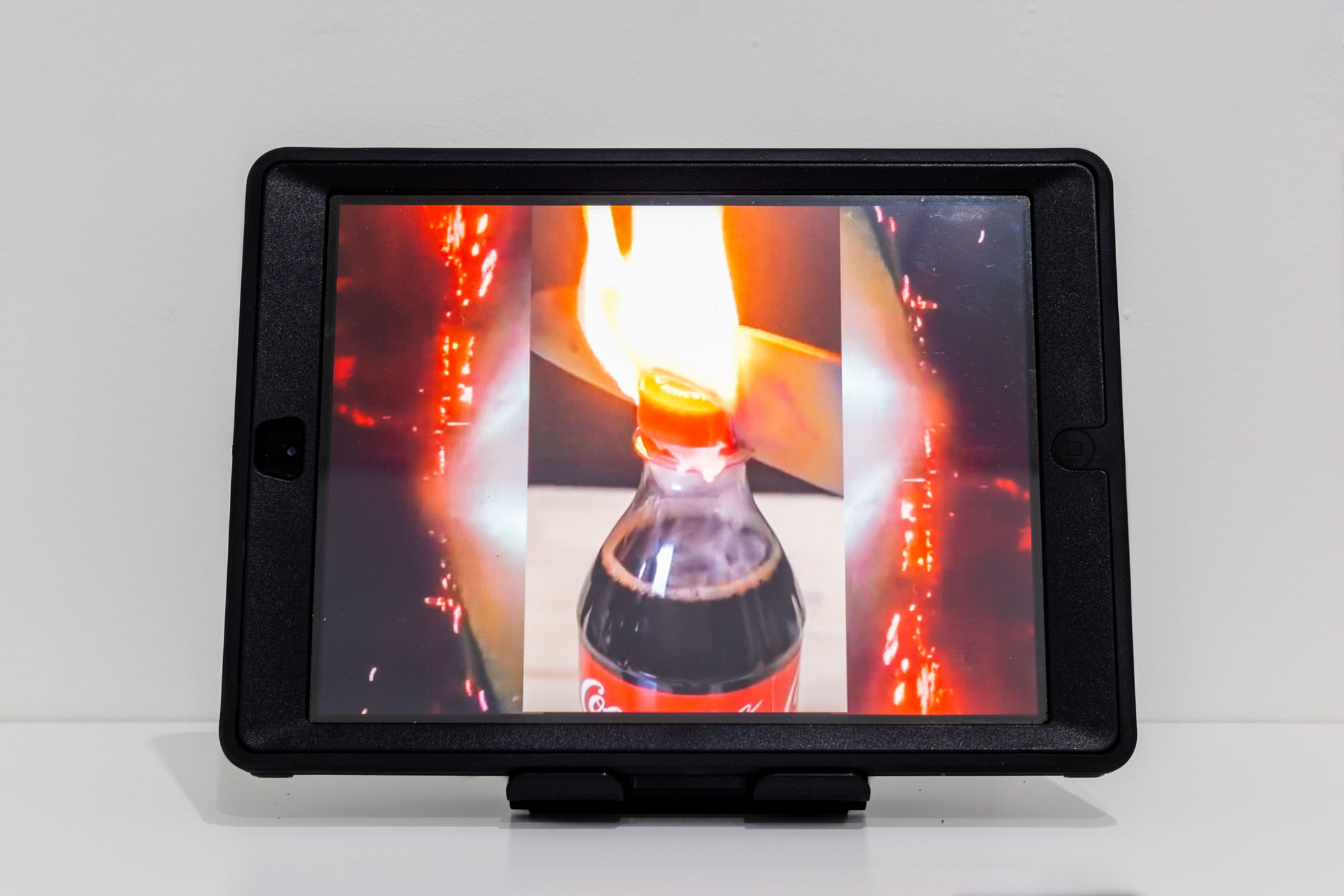
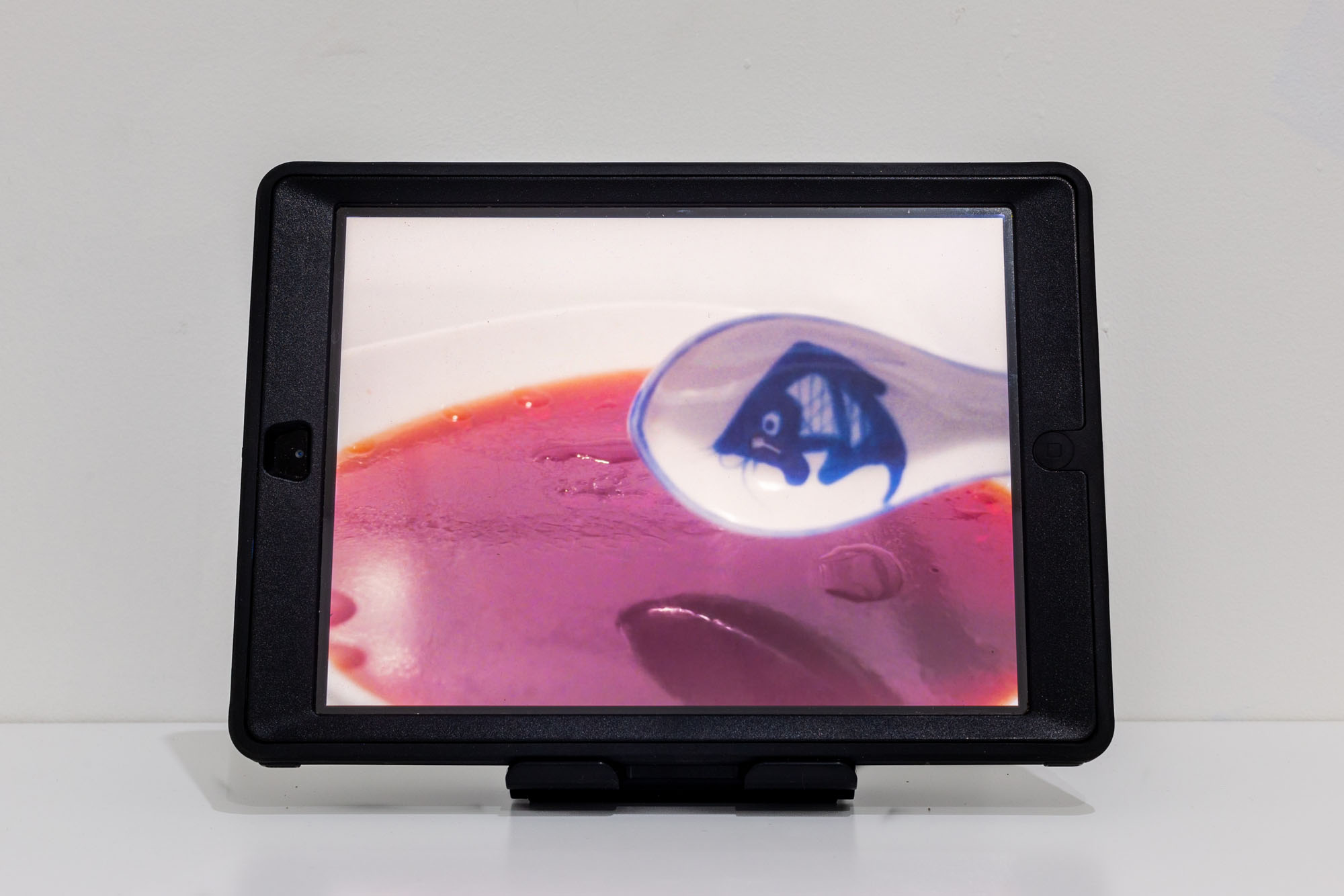
OFLUXO is proudly powered by WordPress
